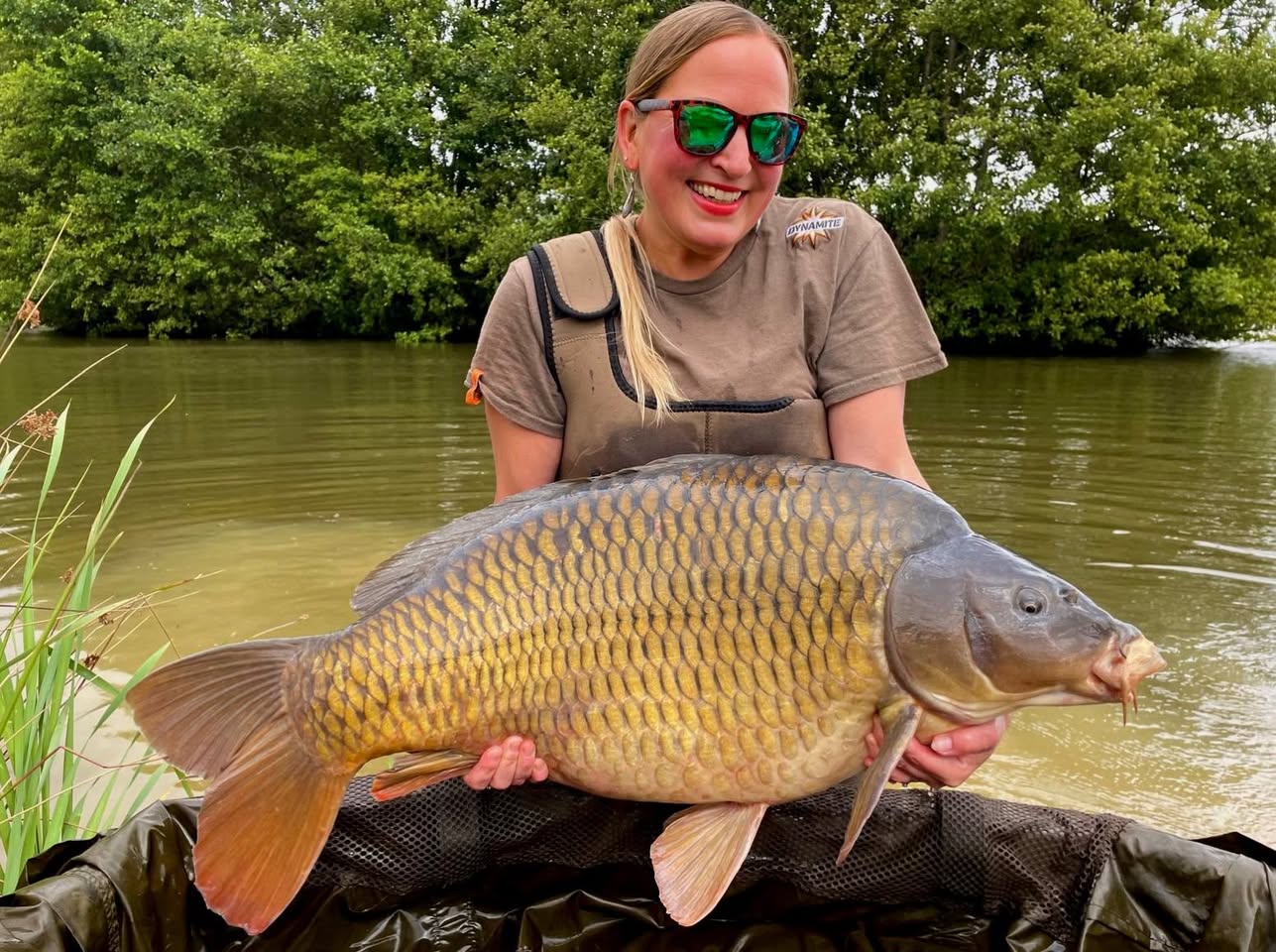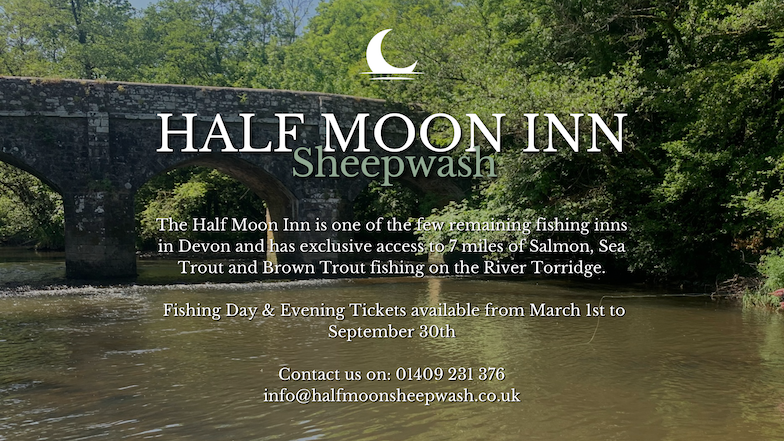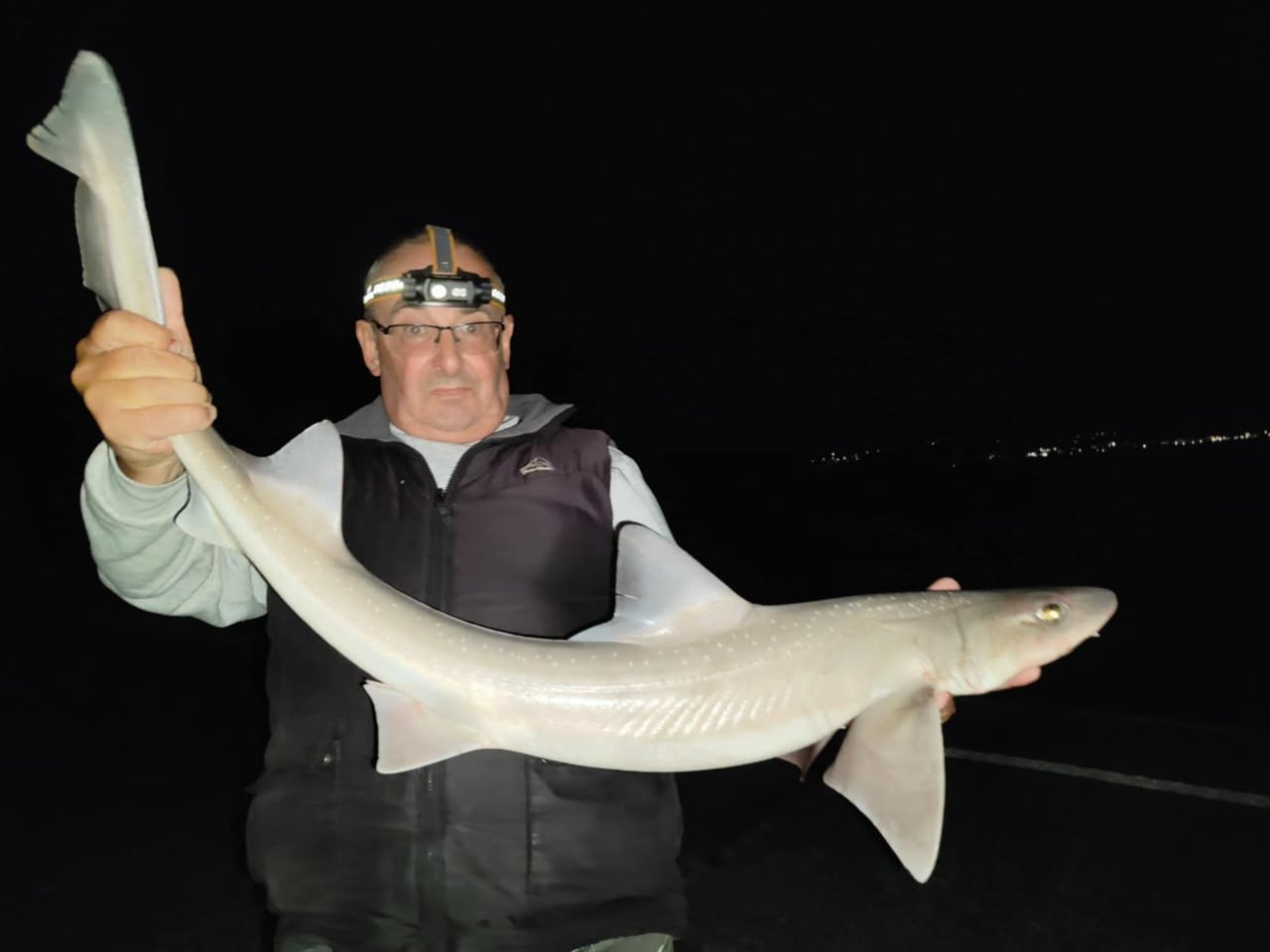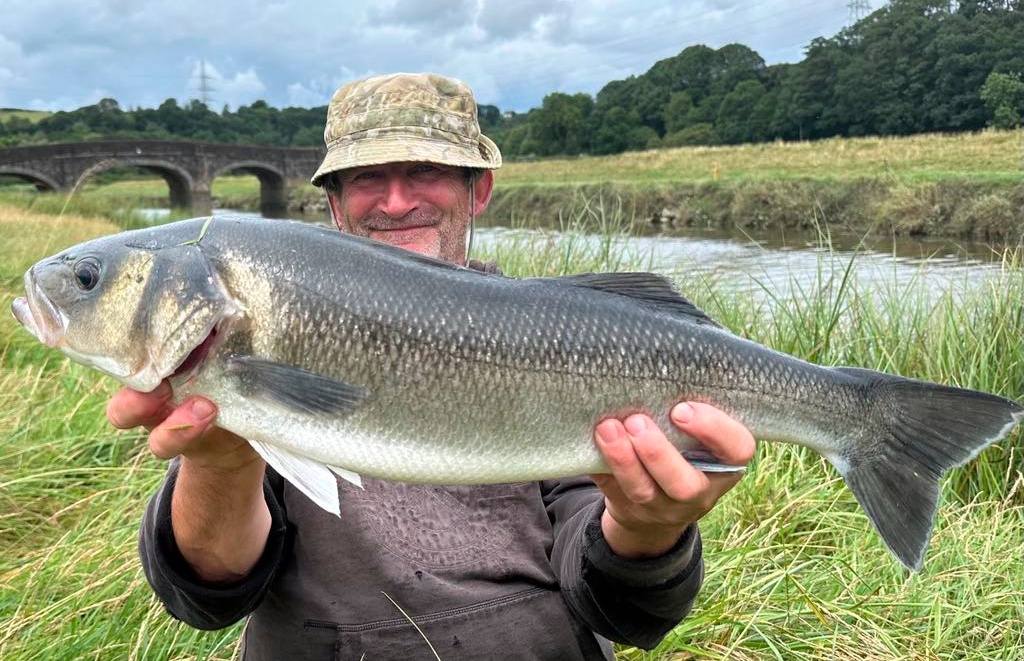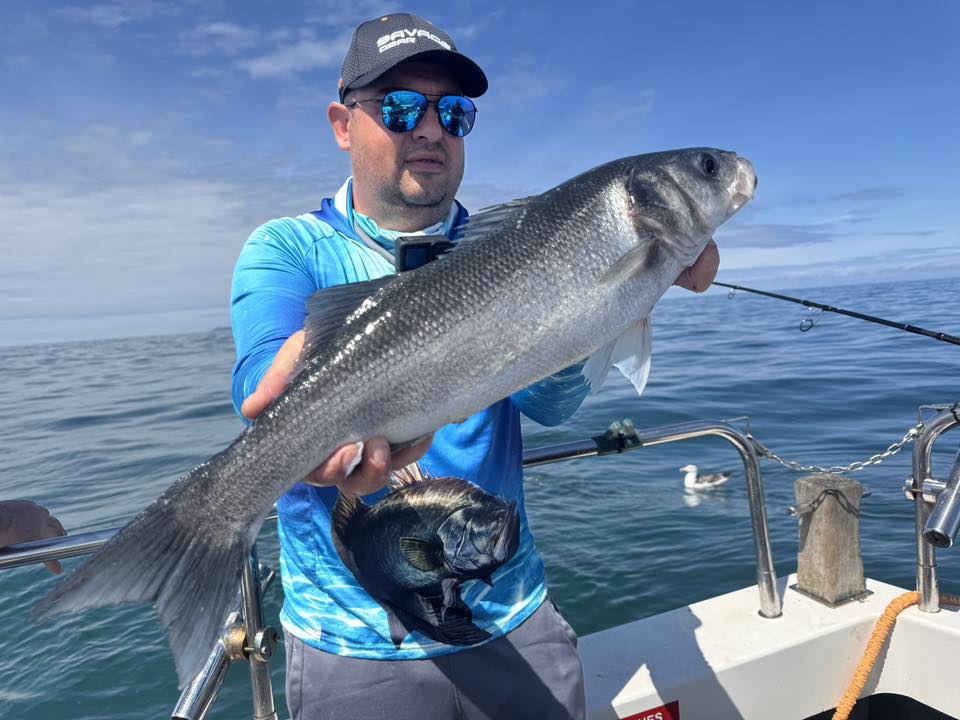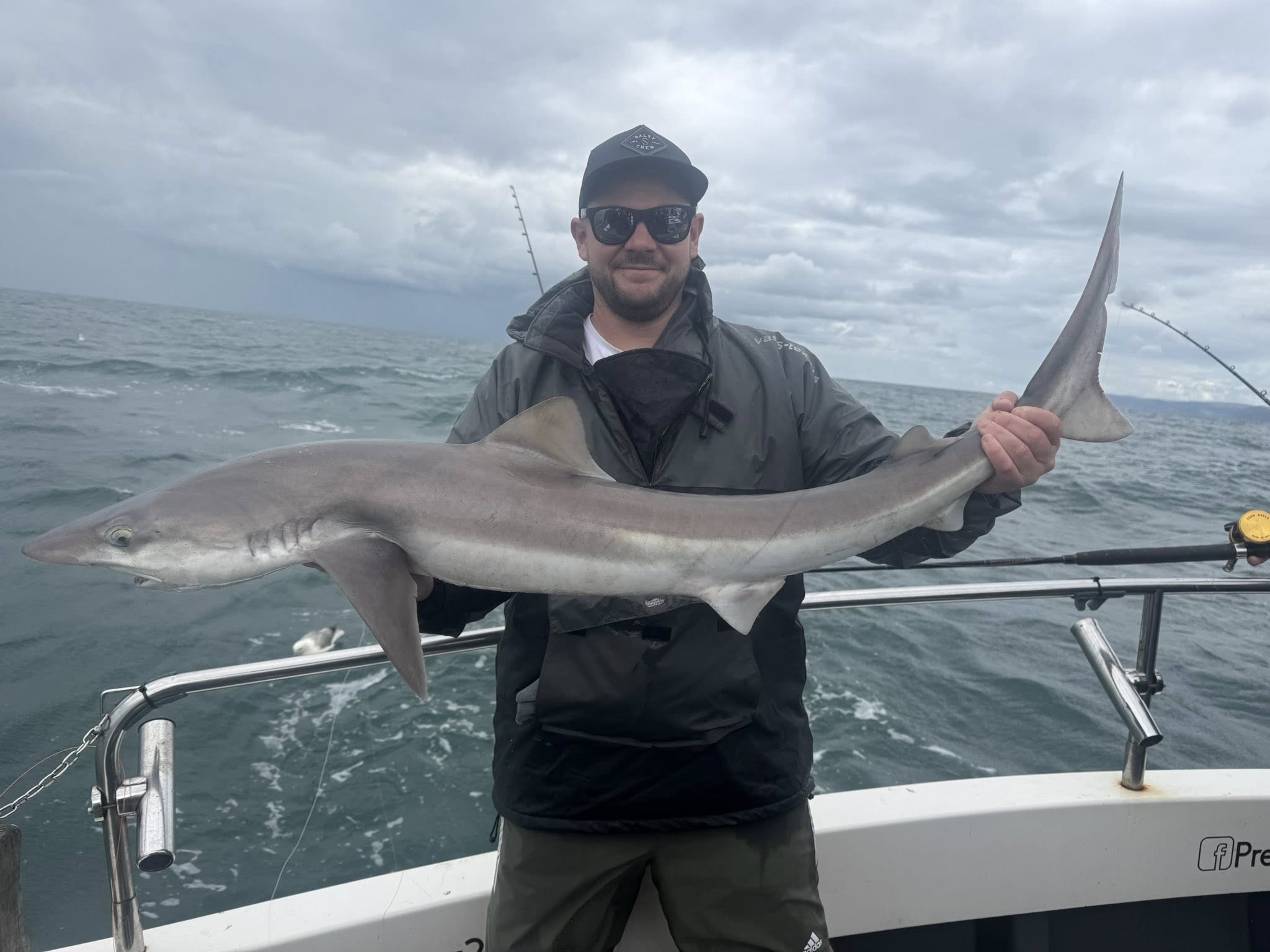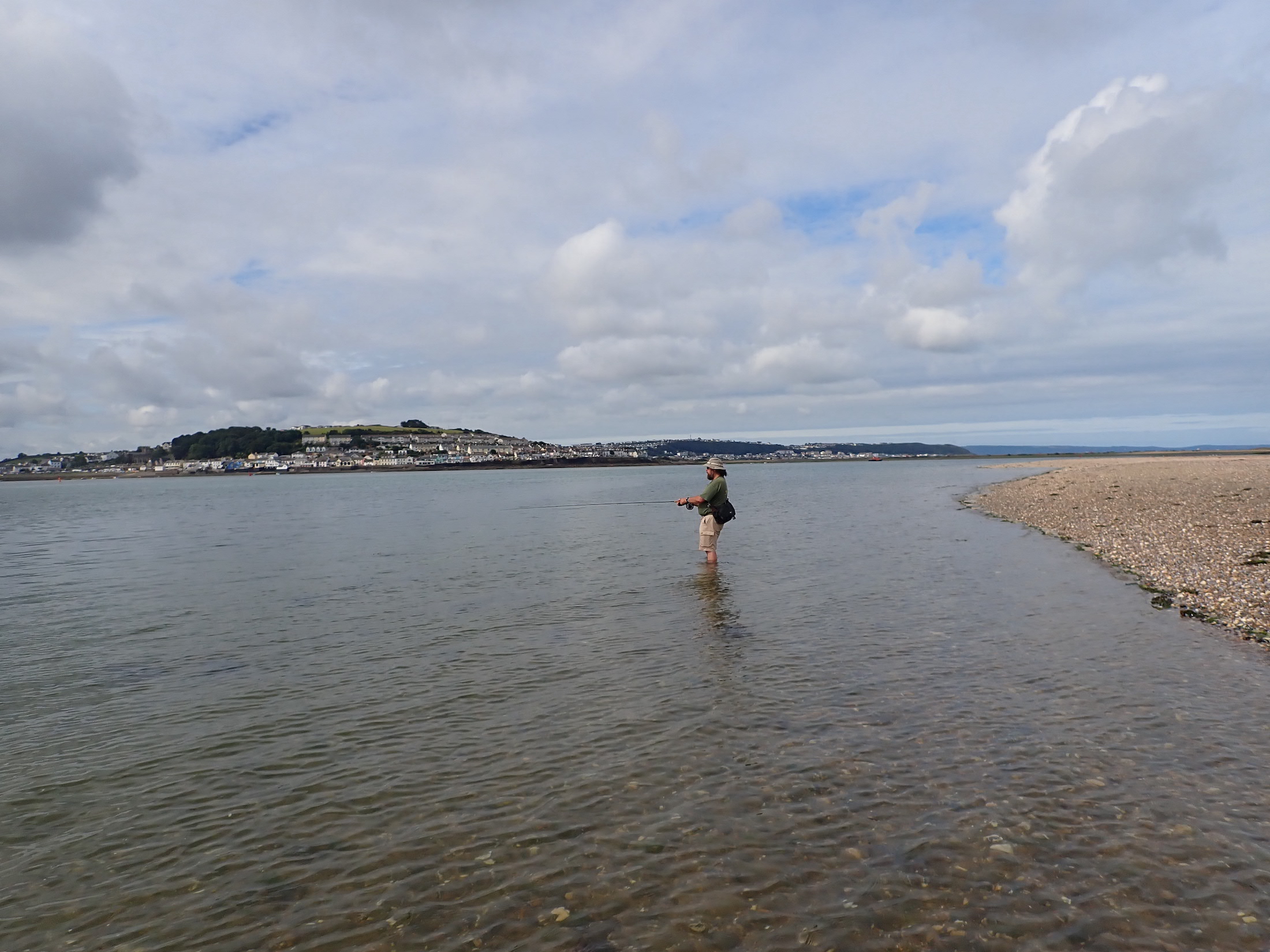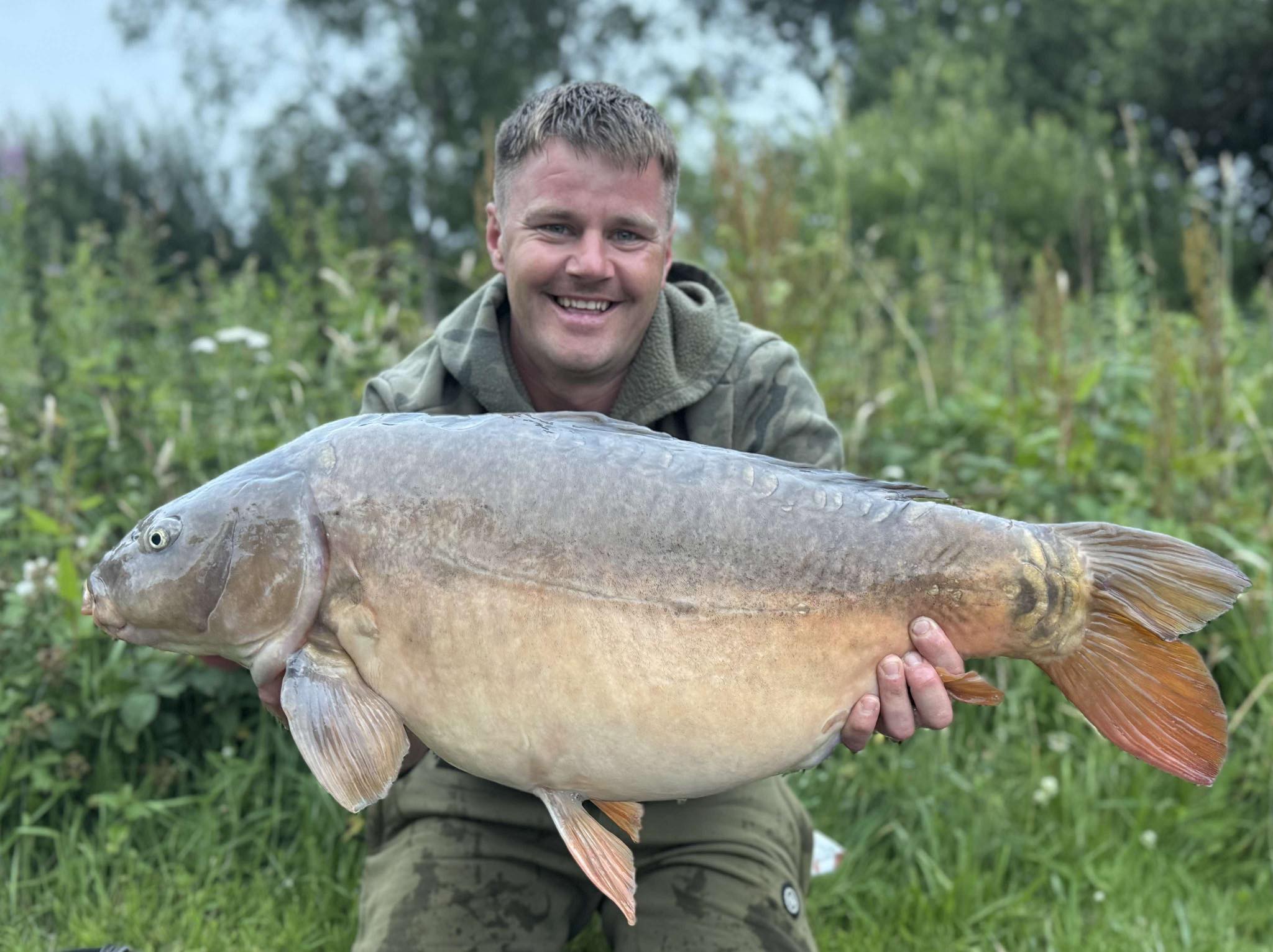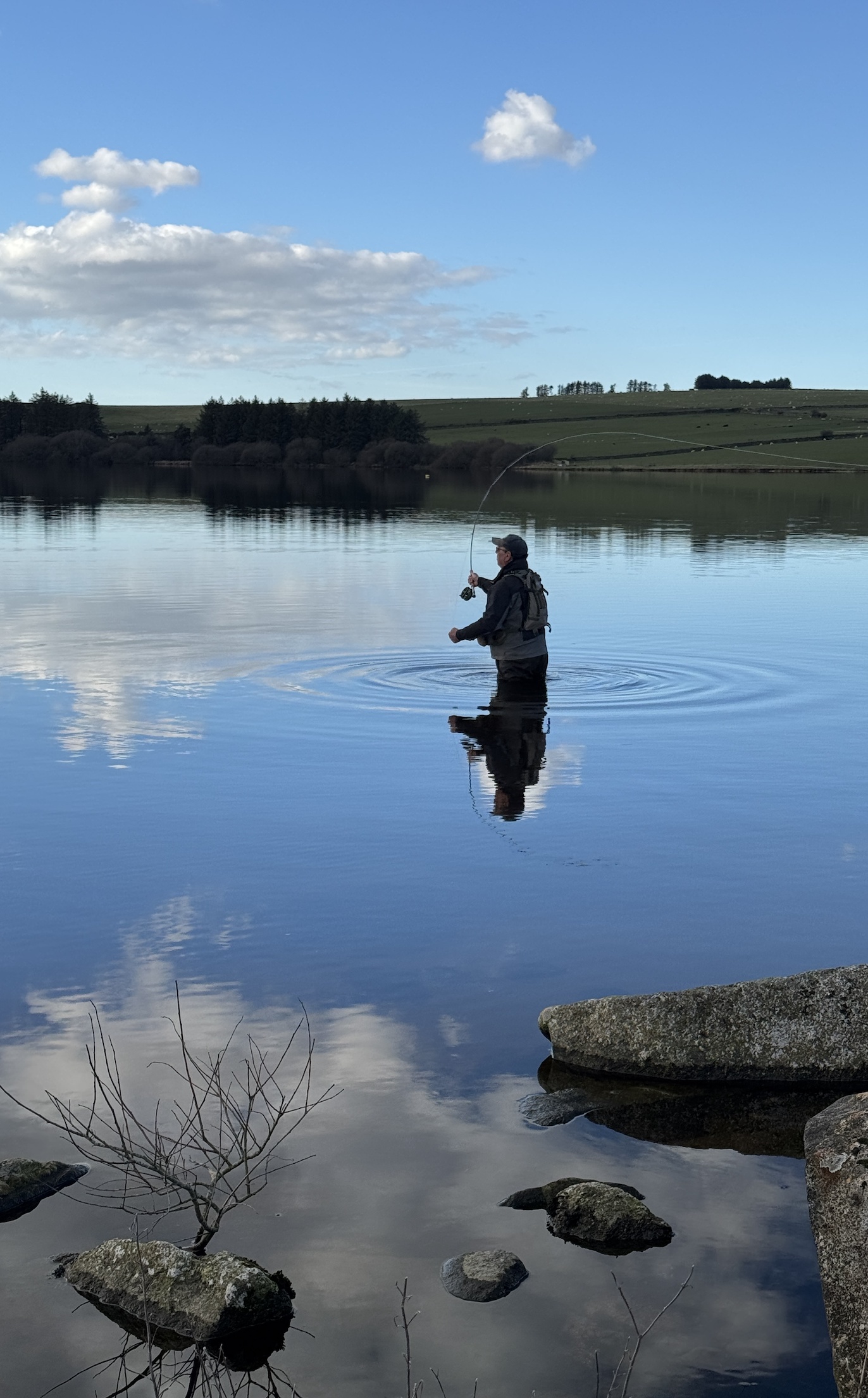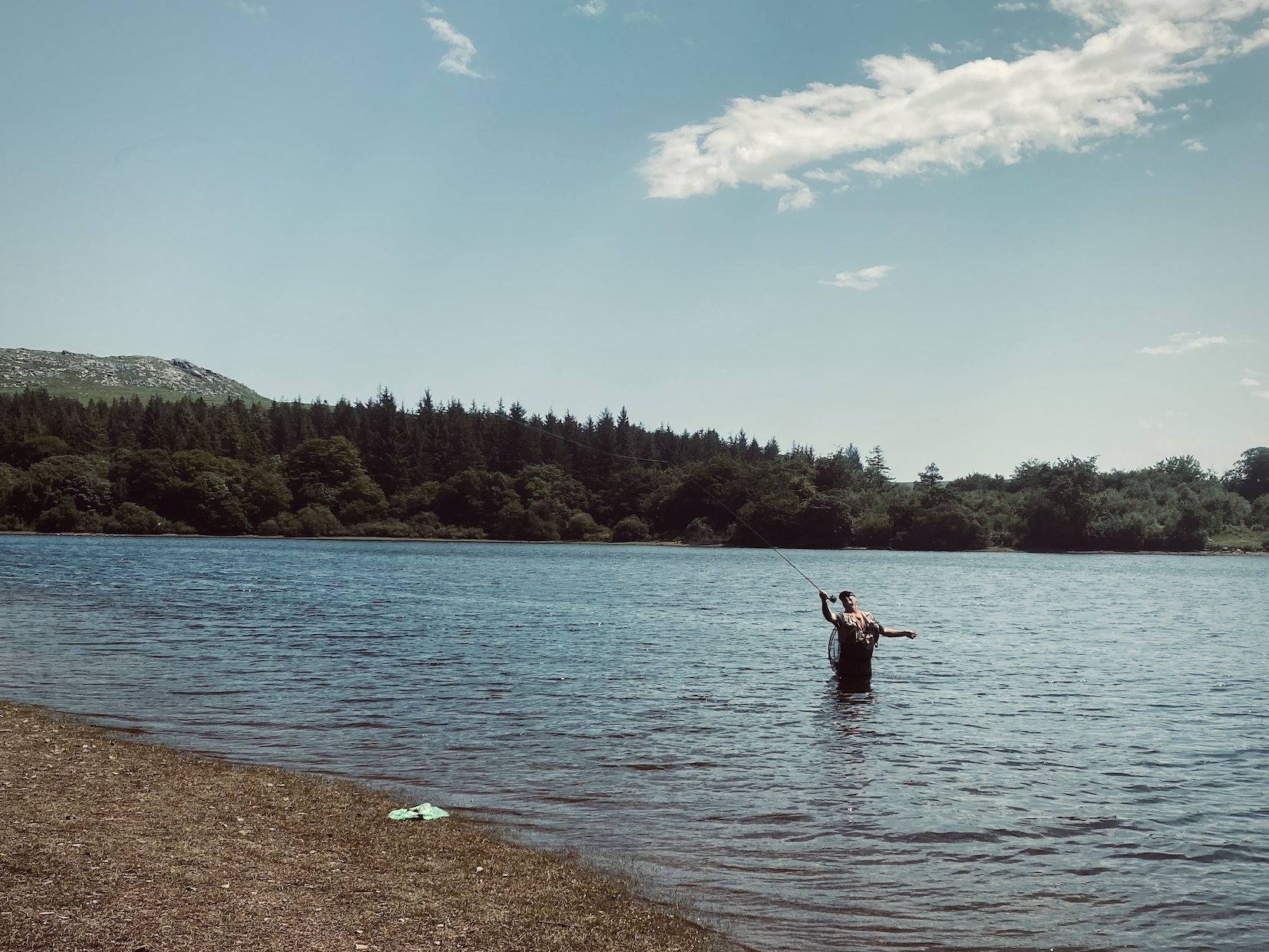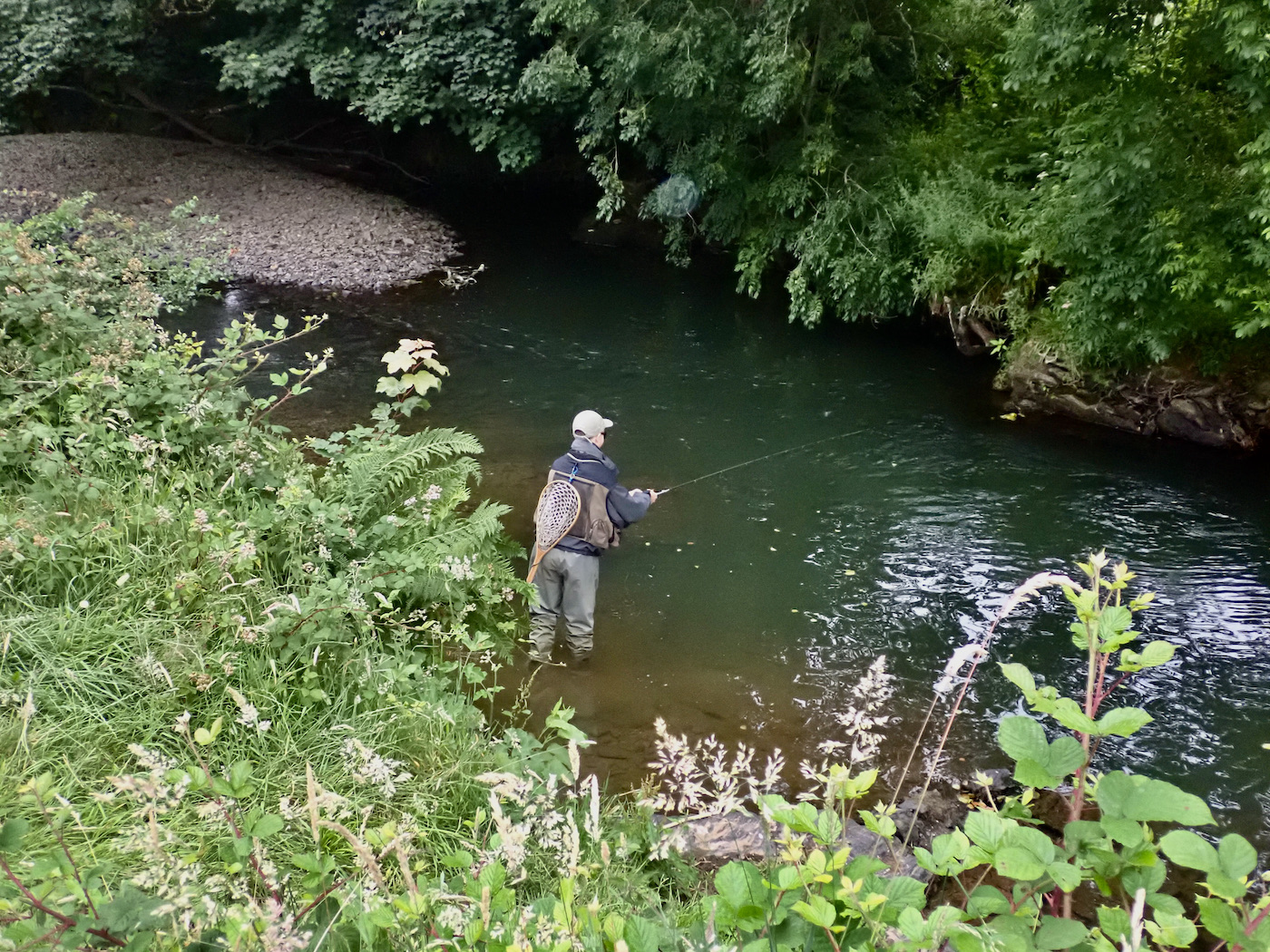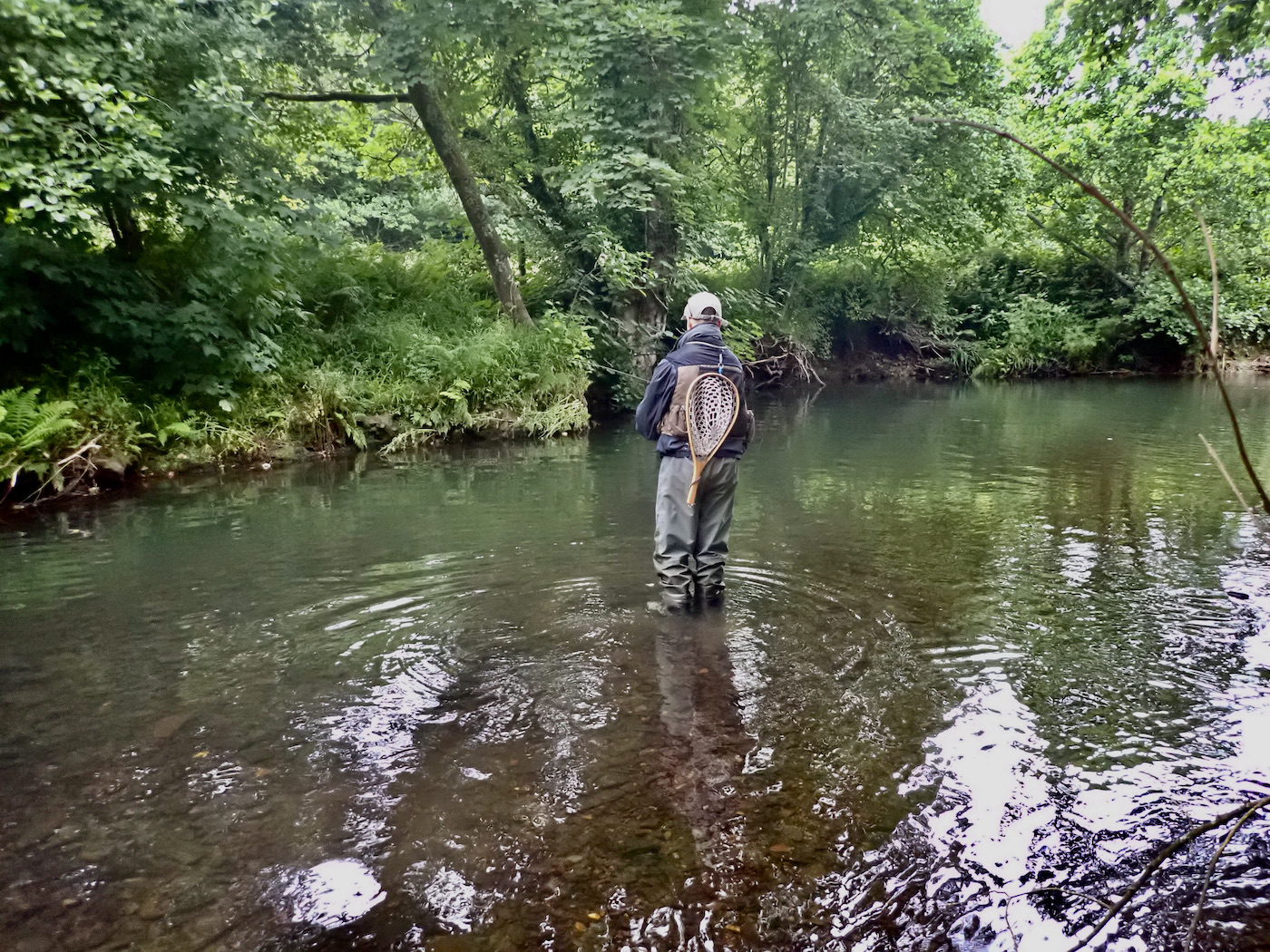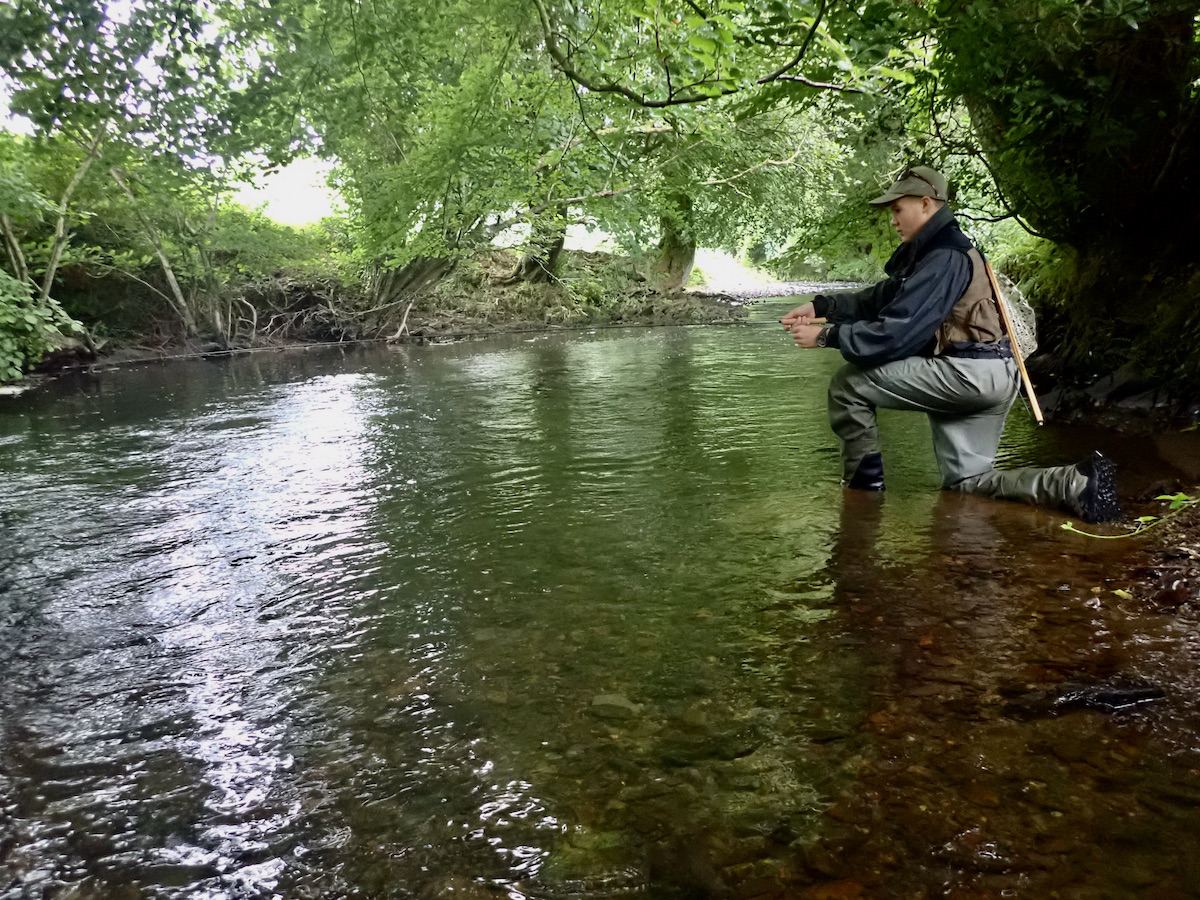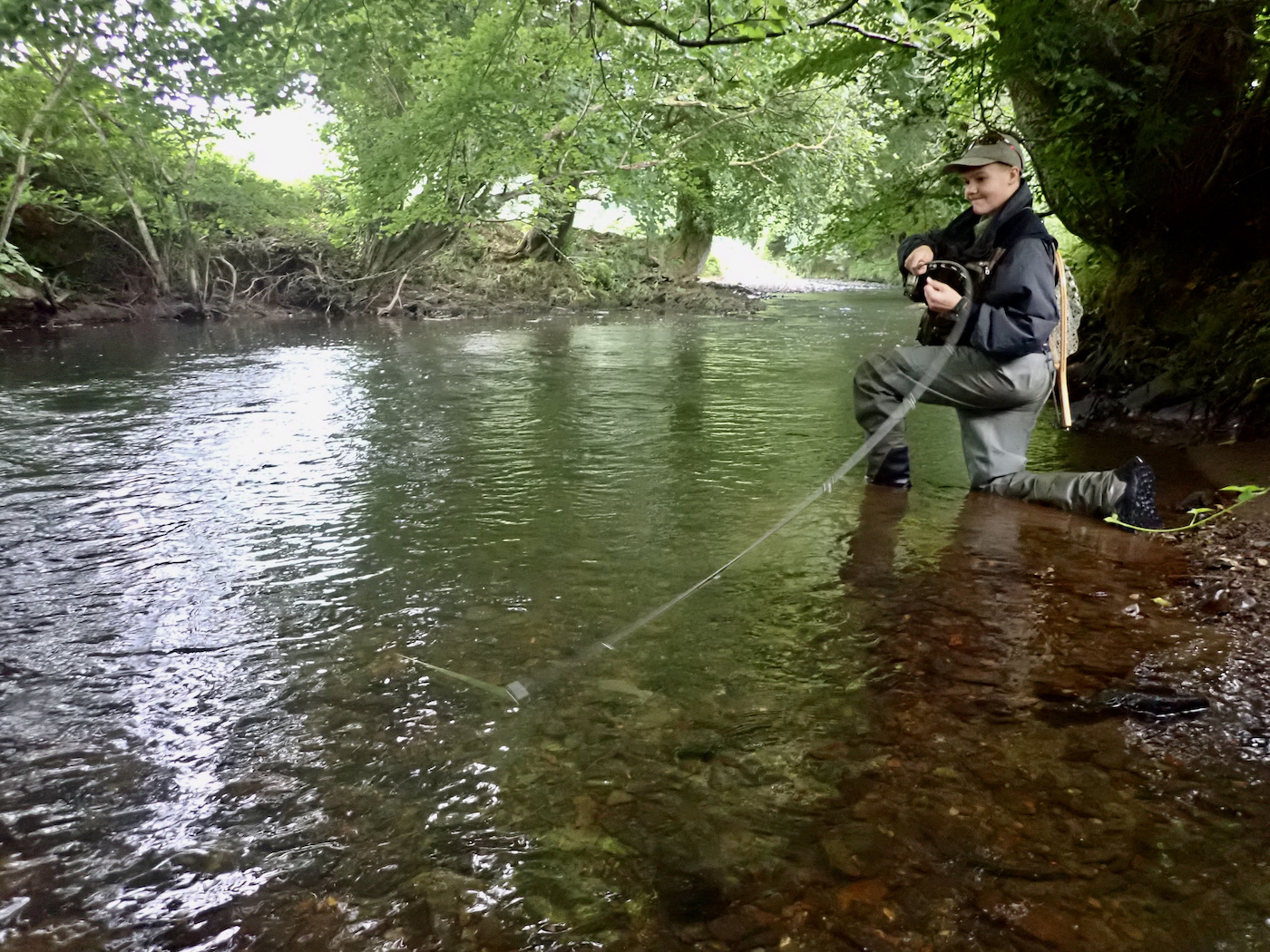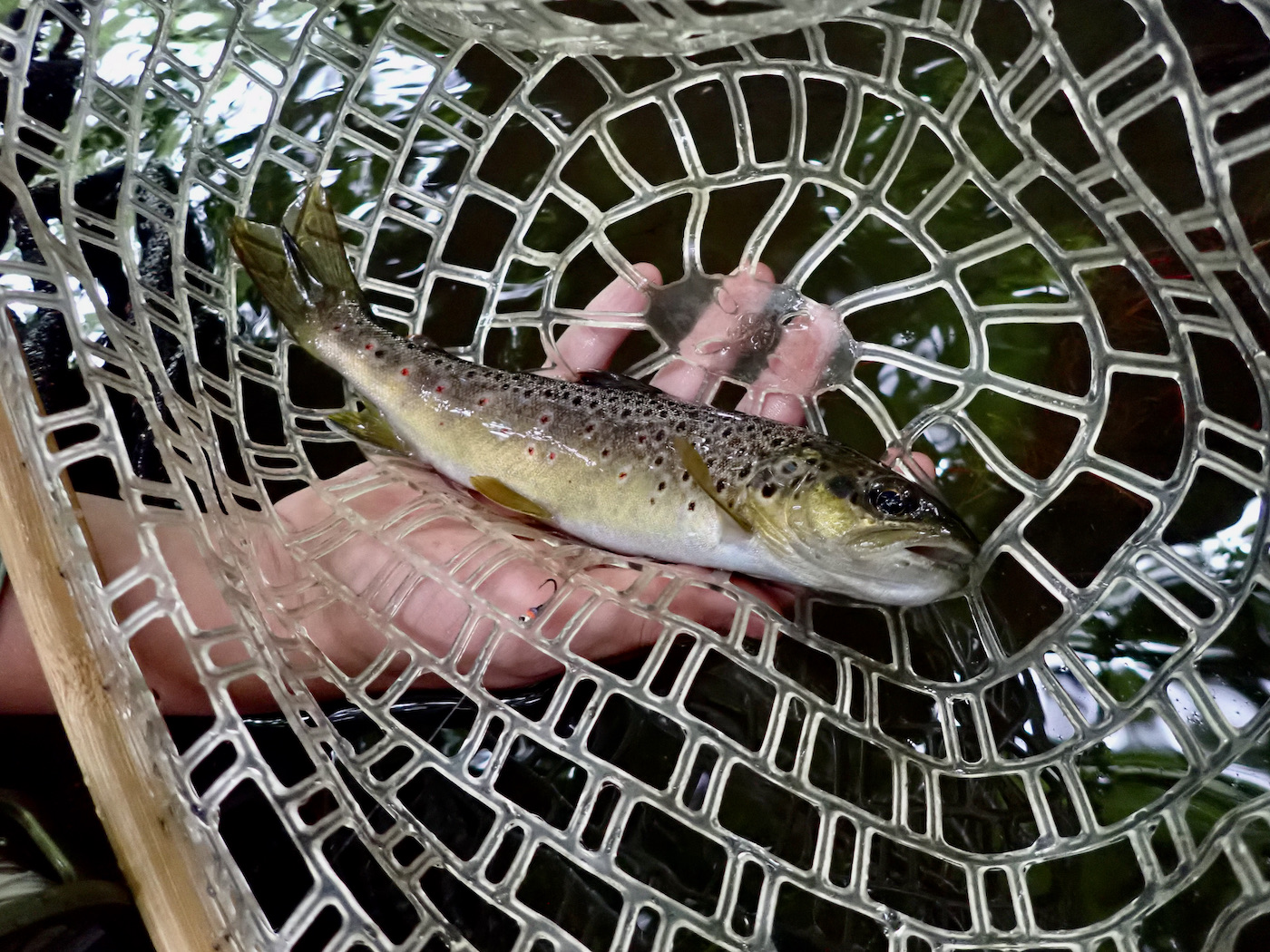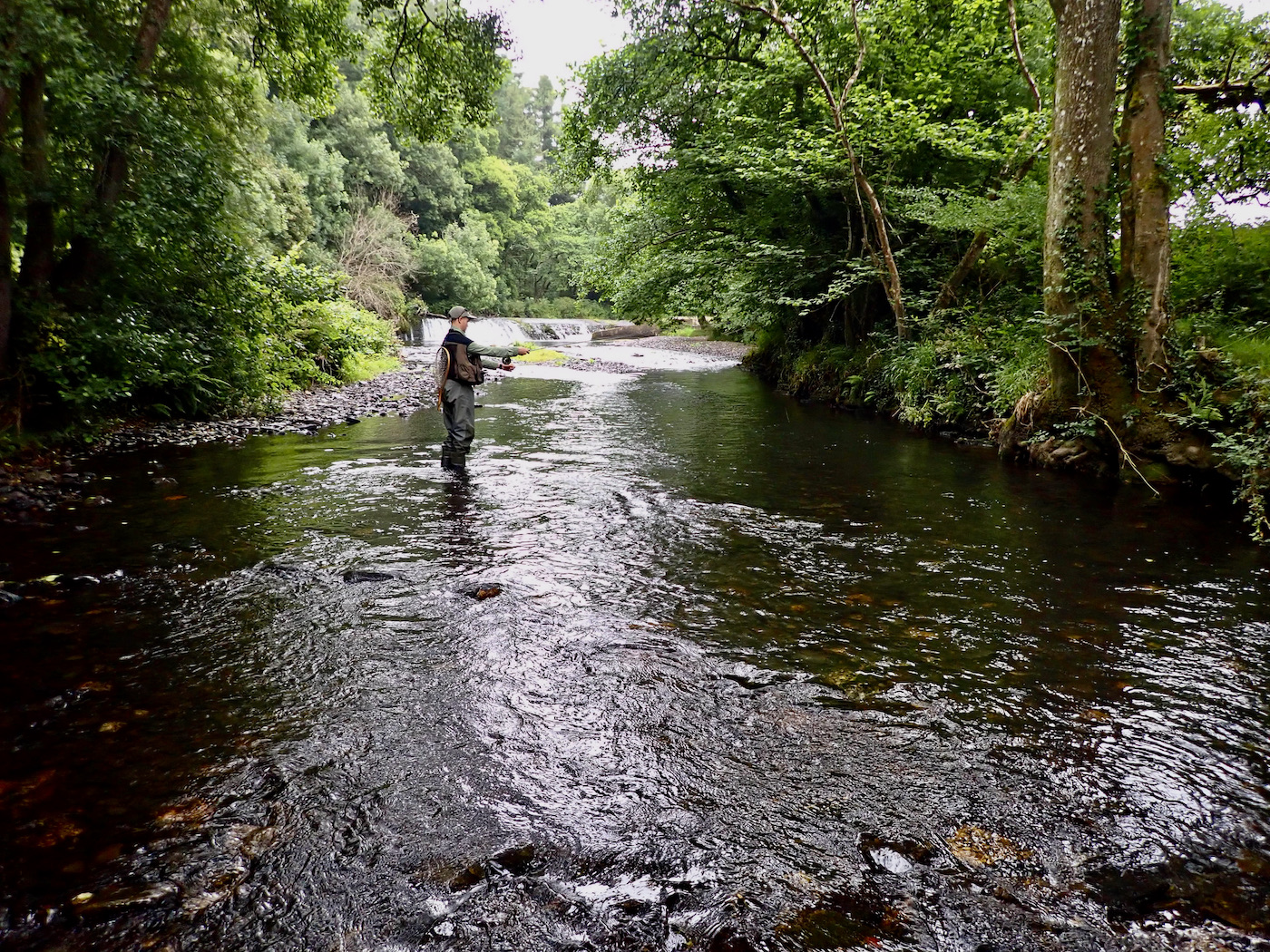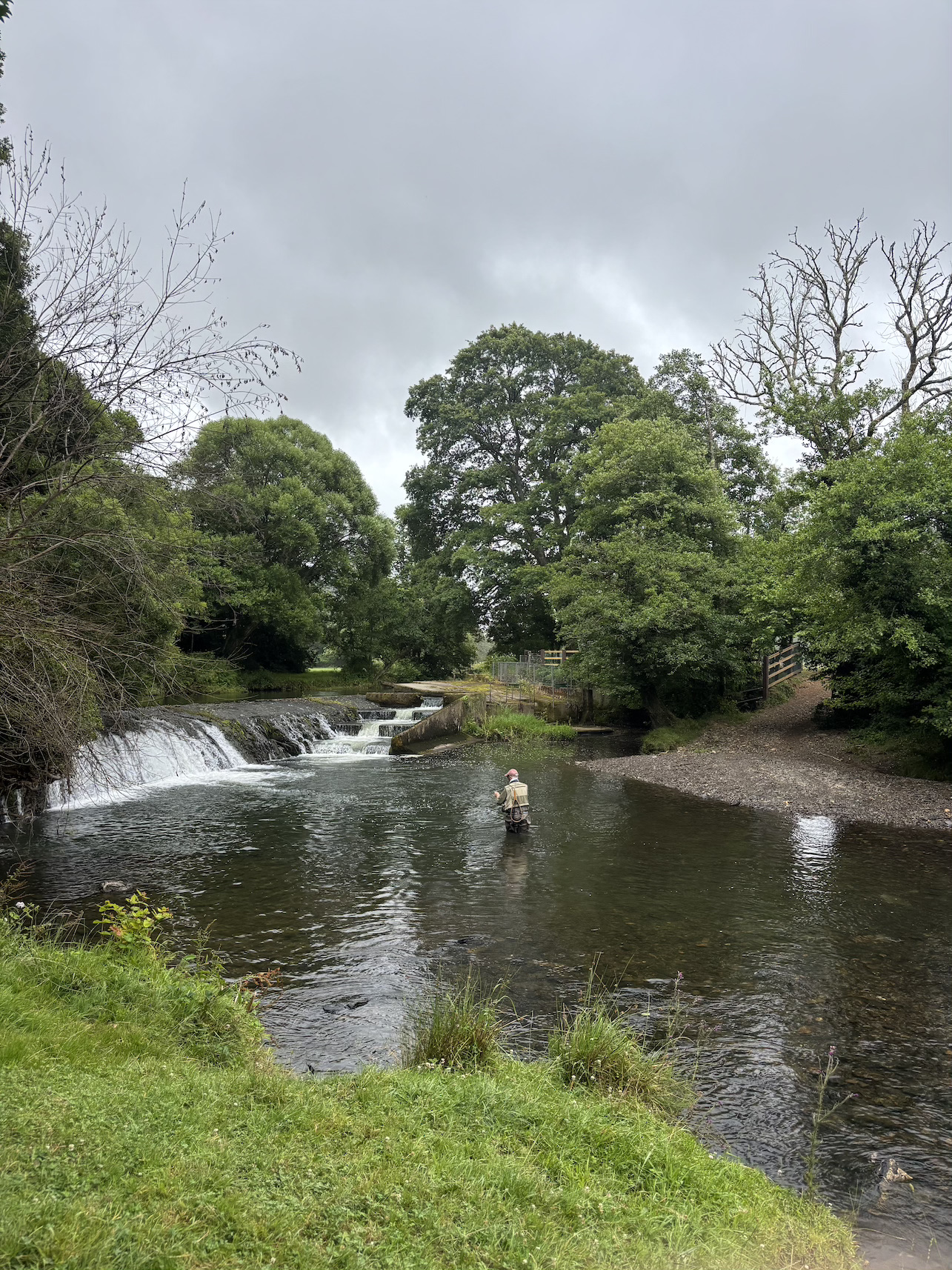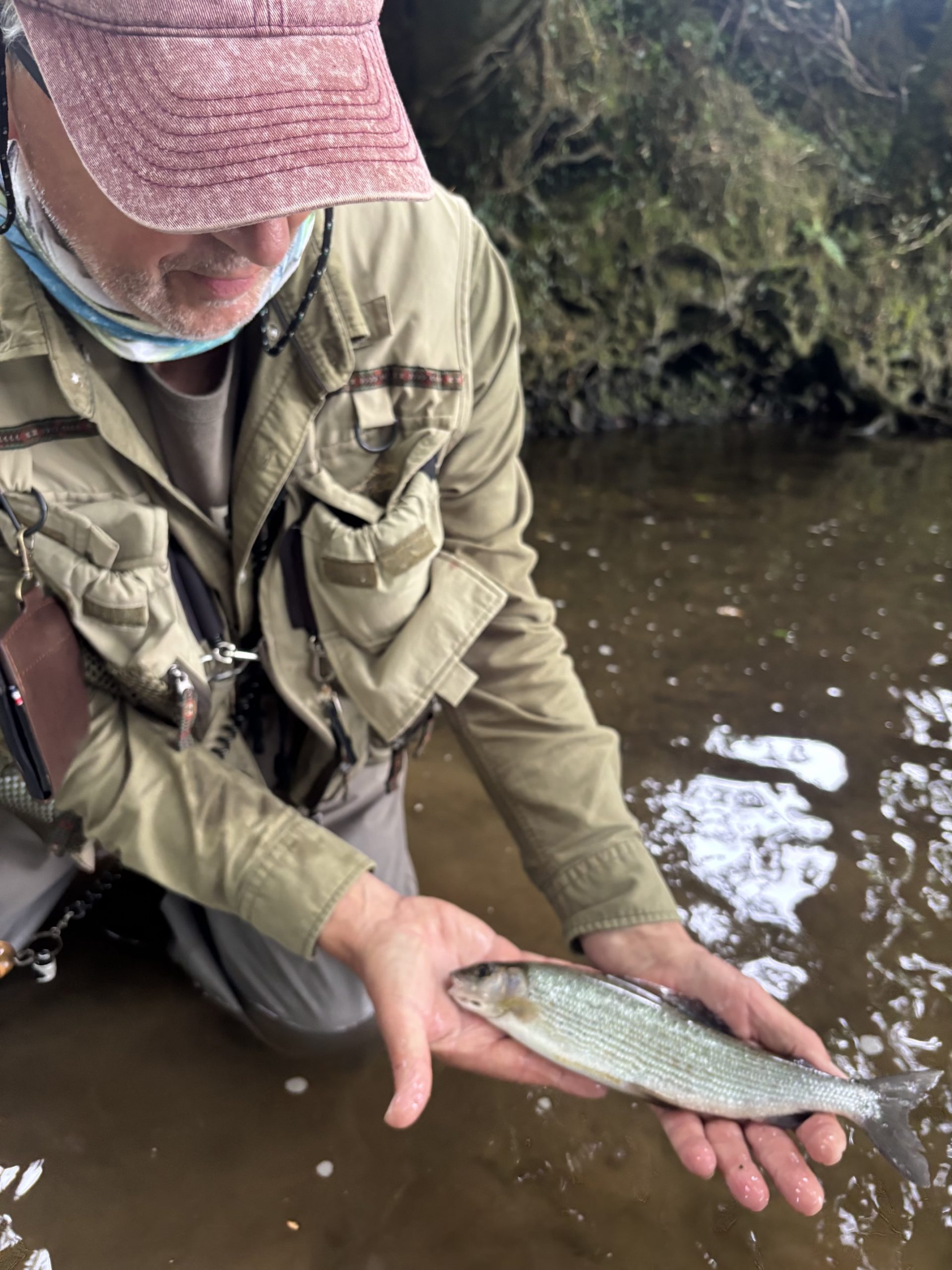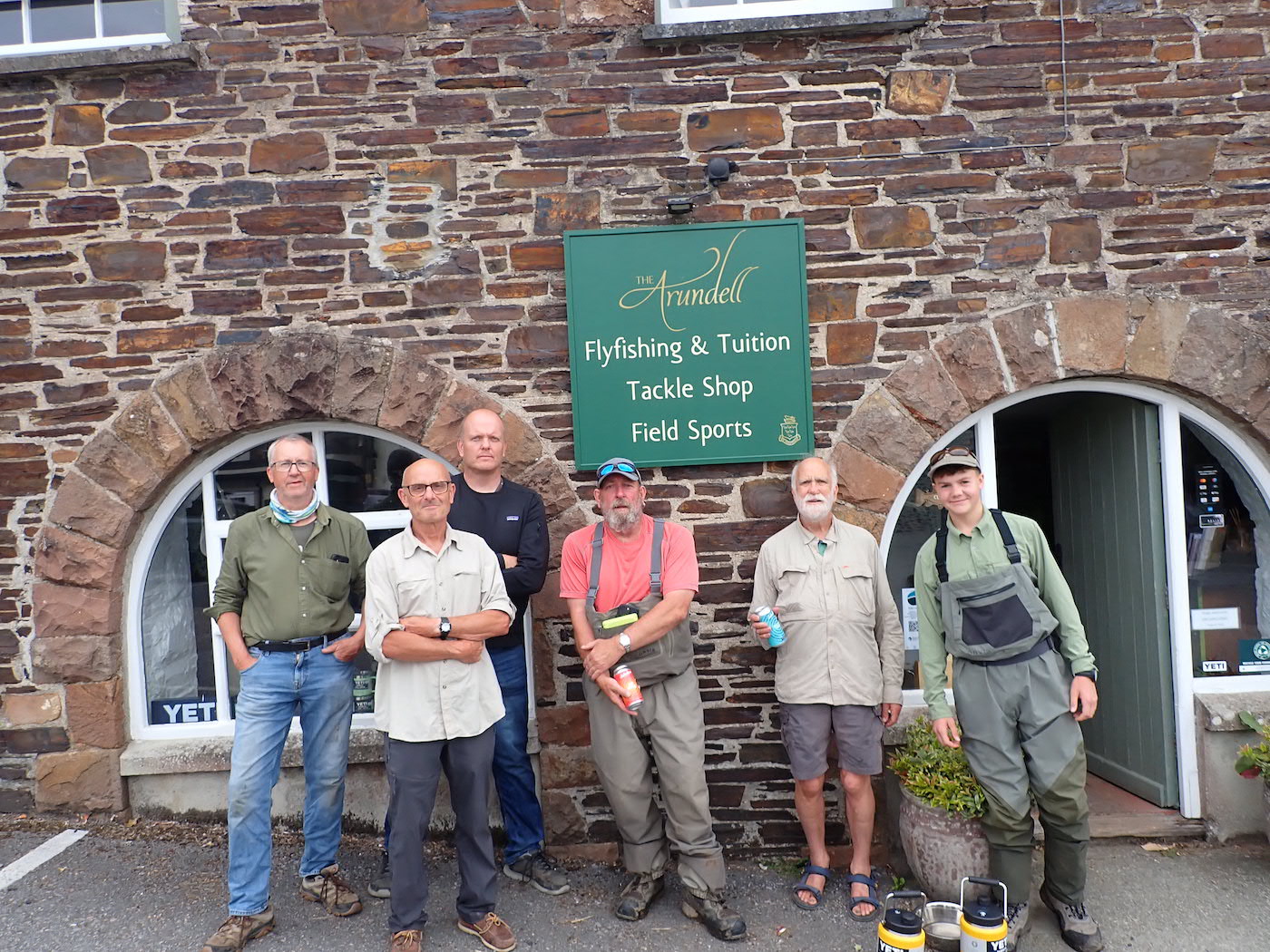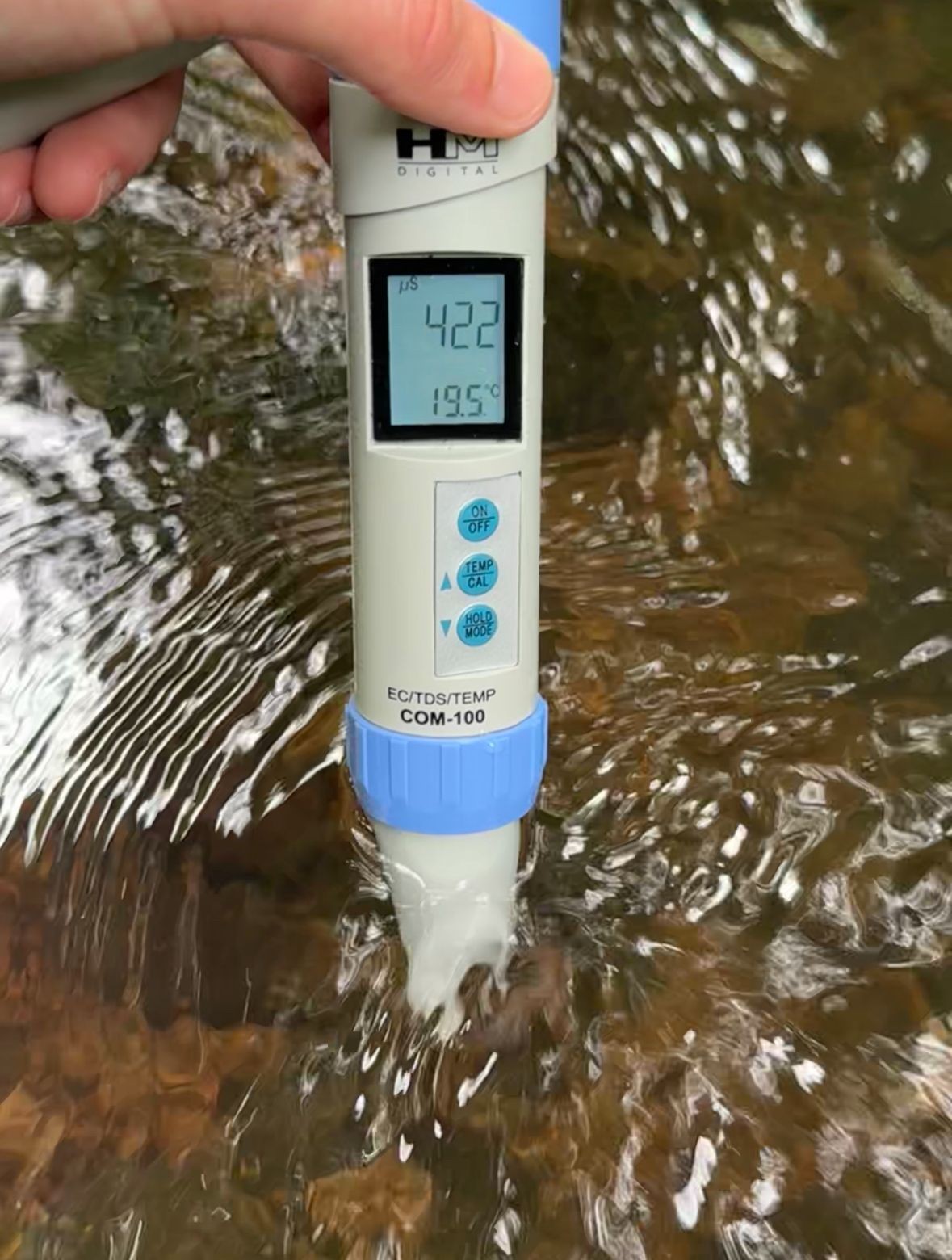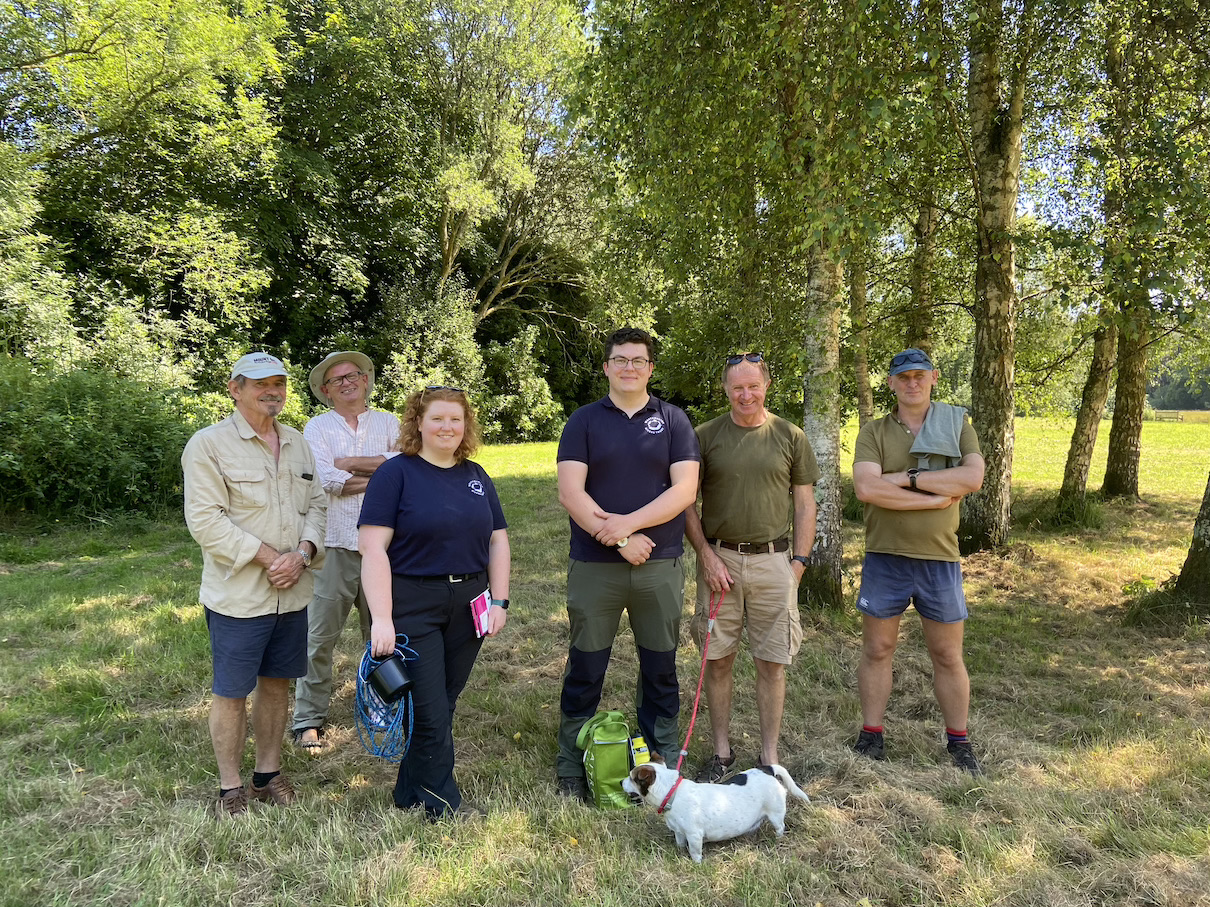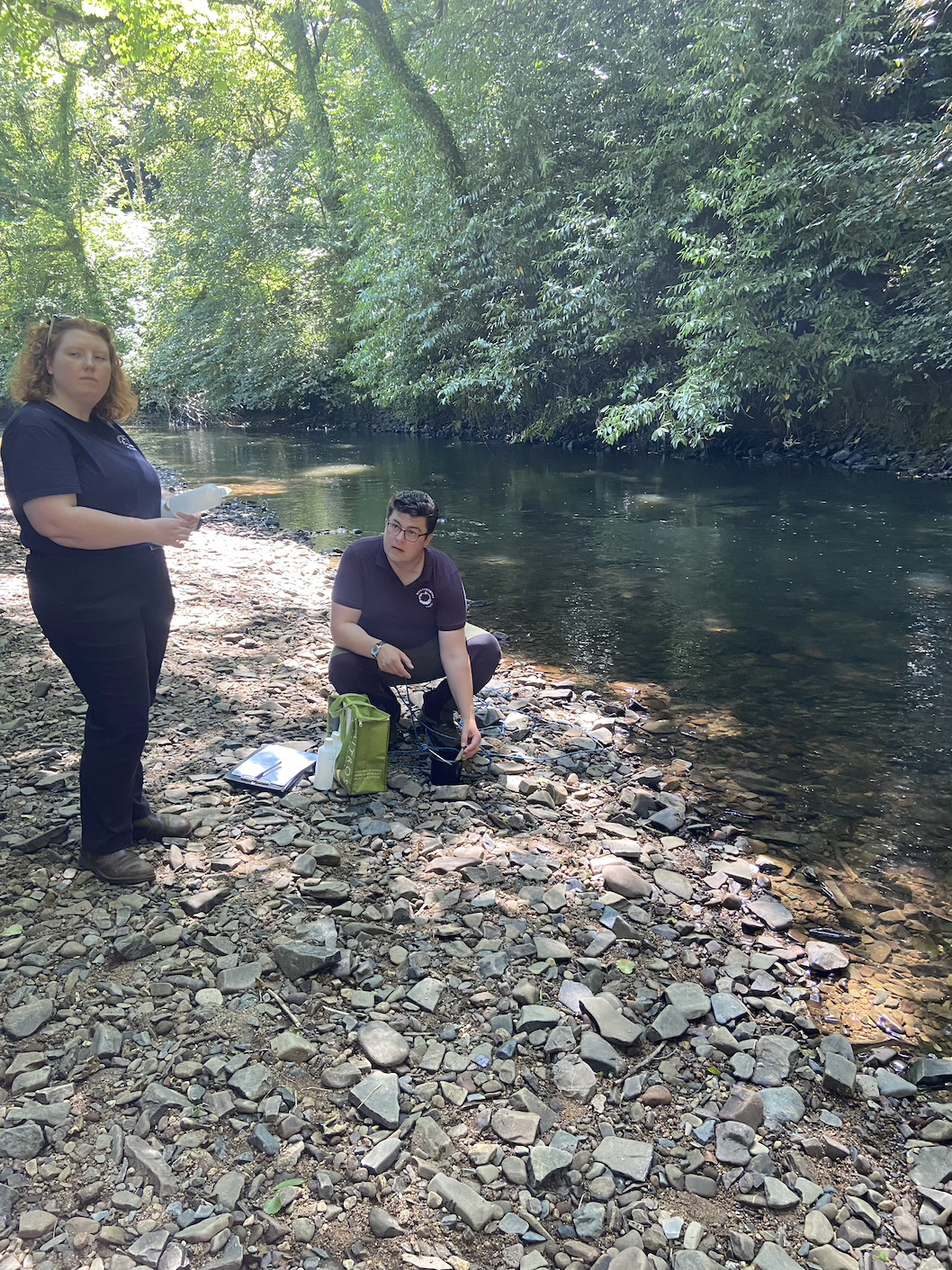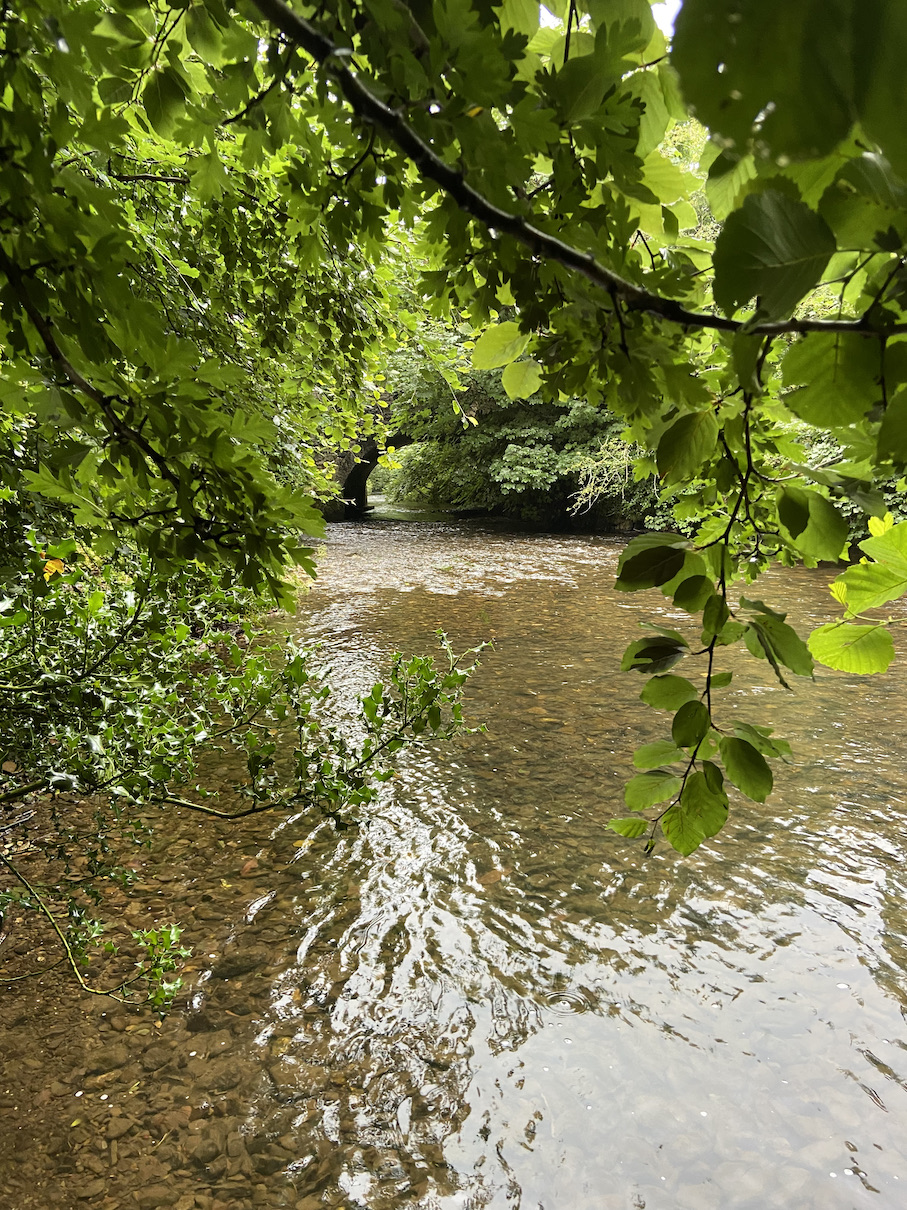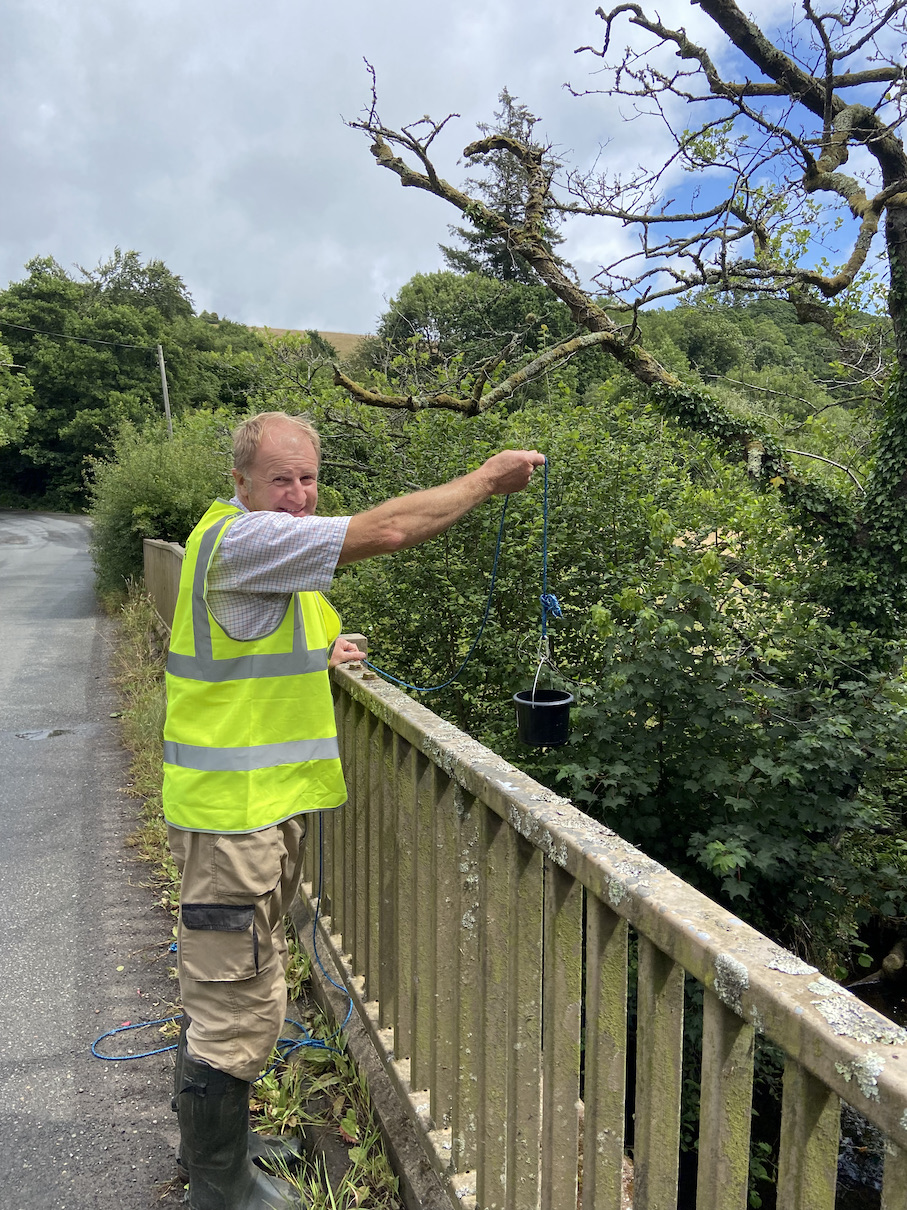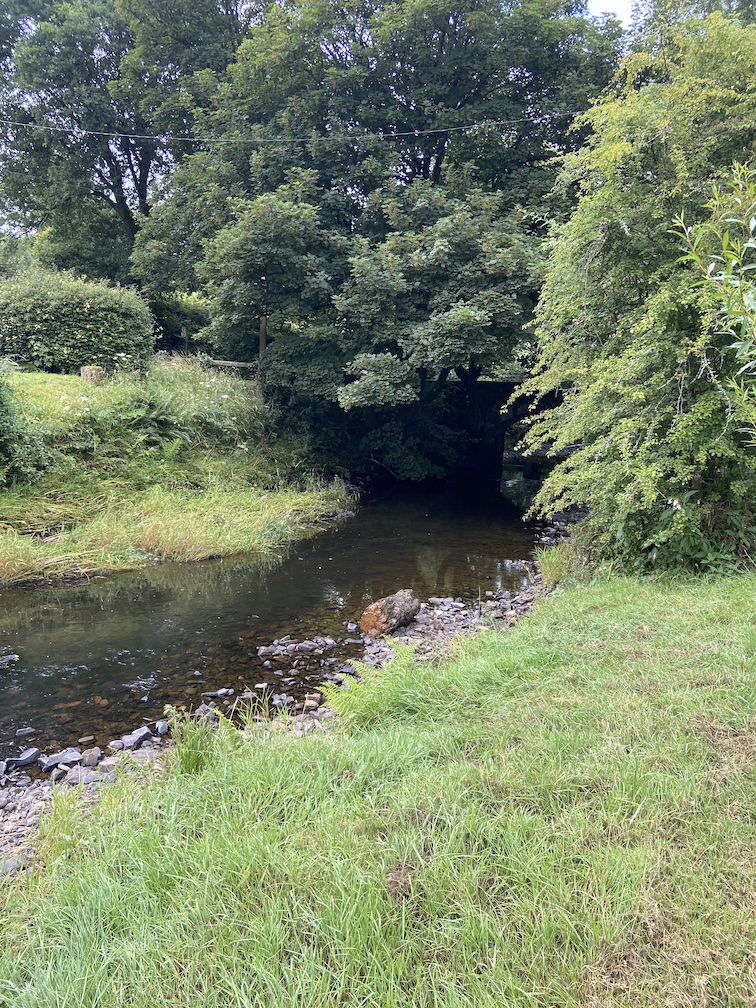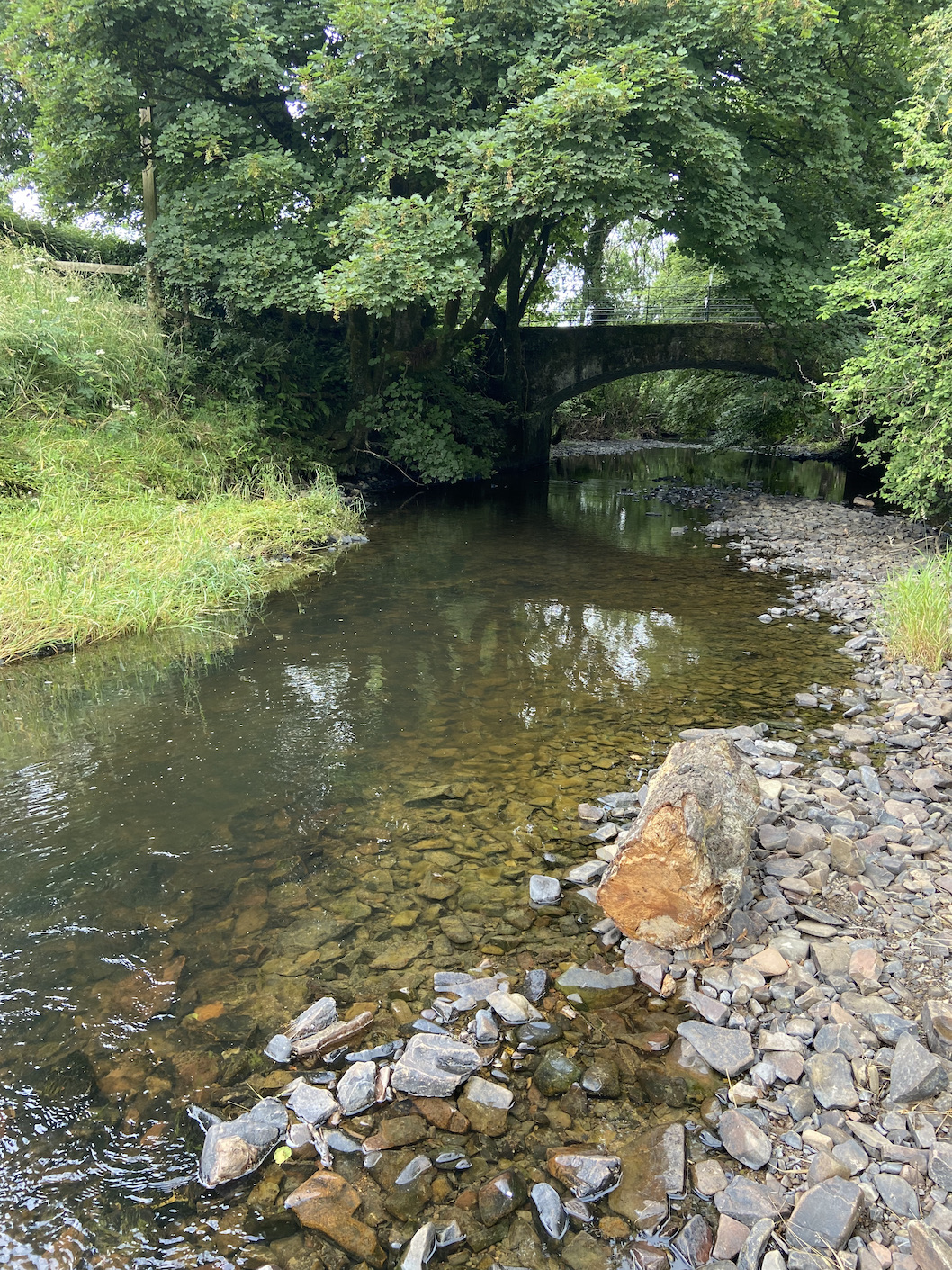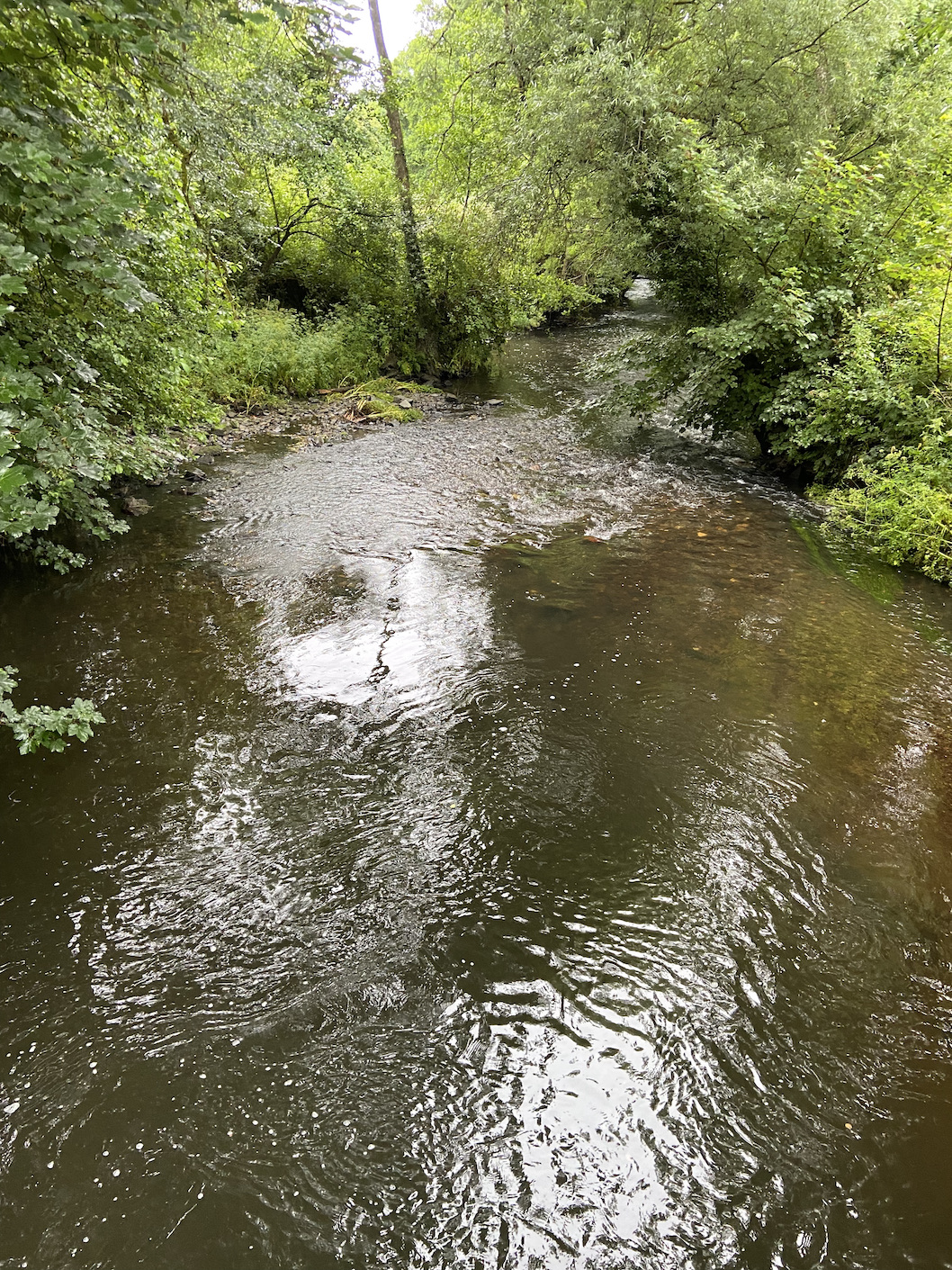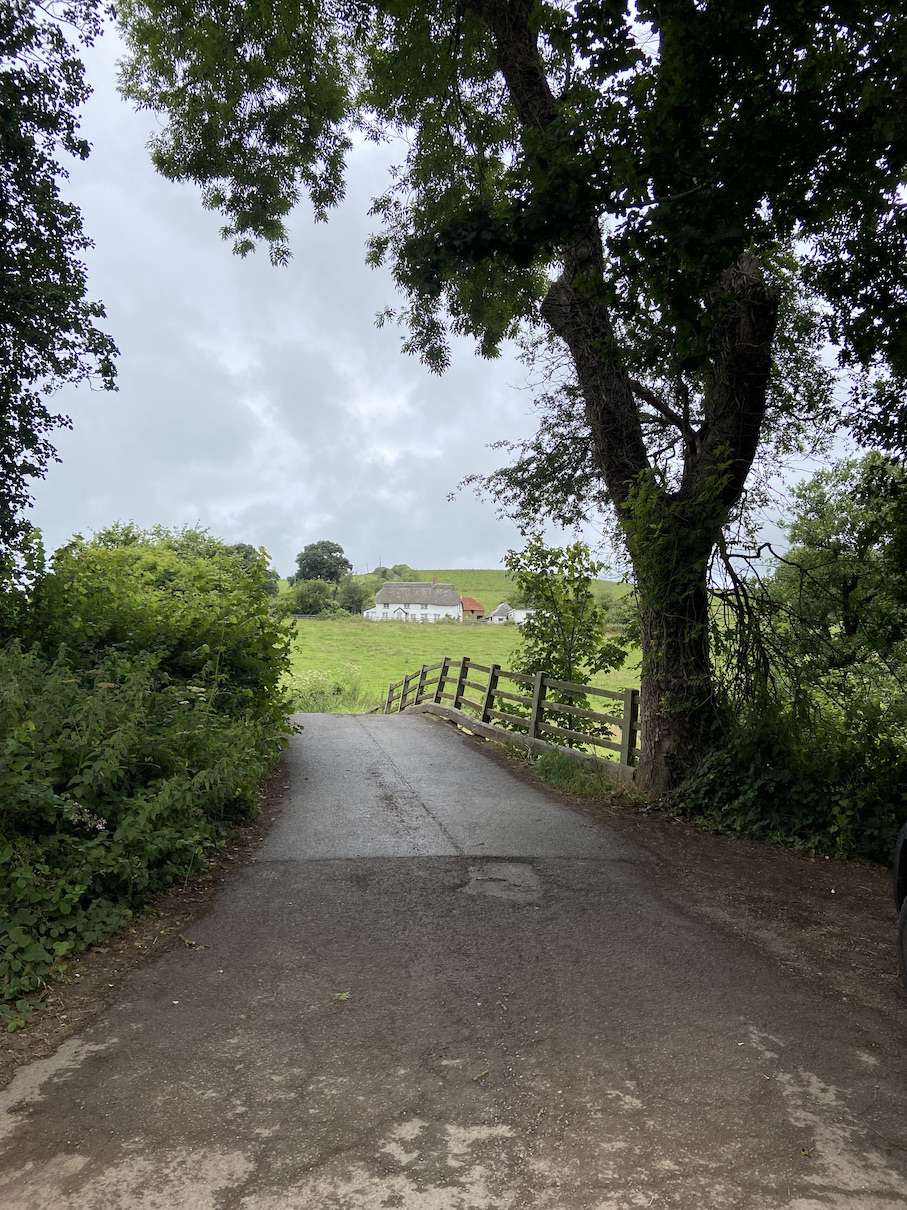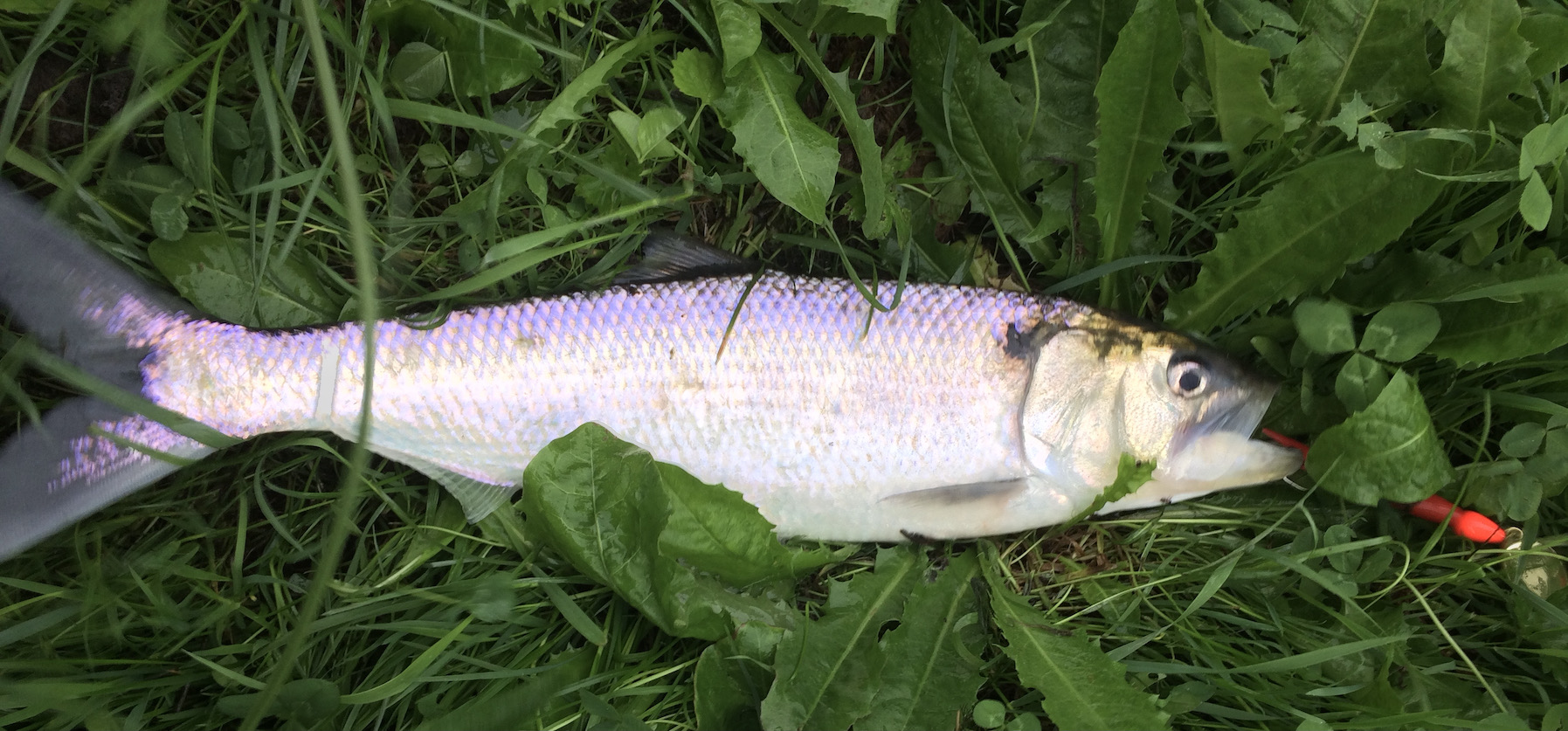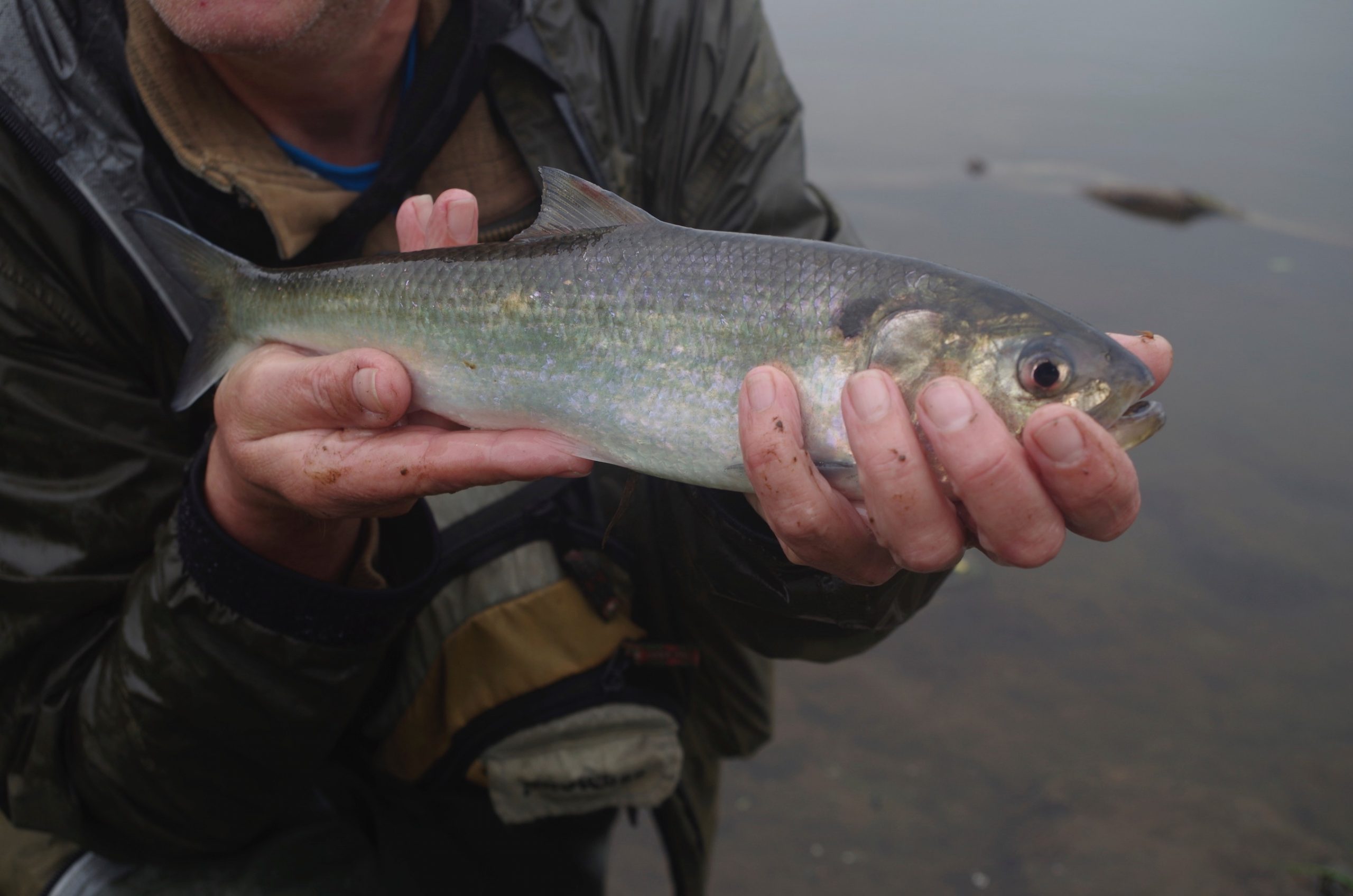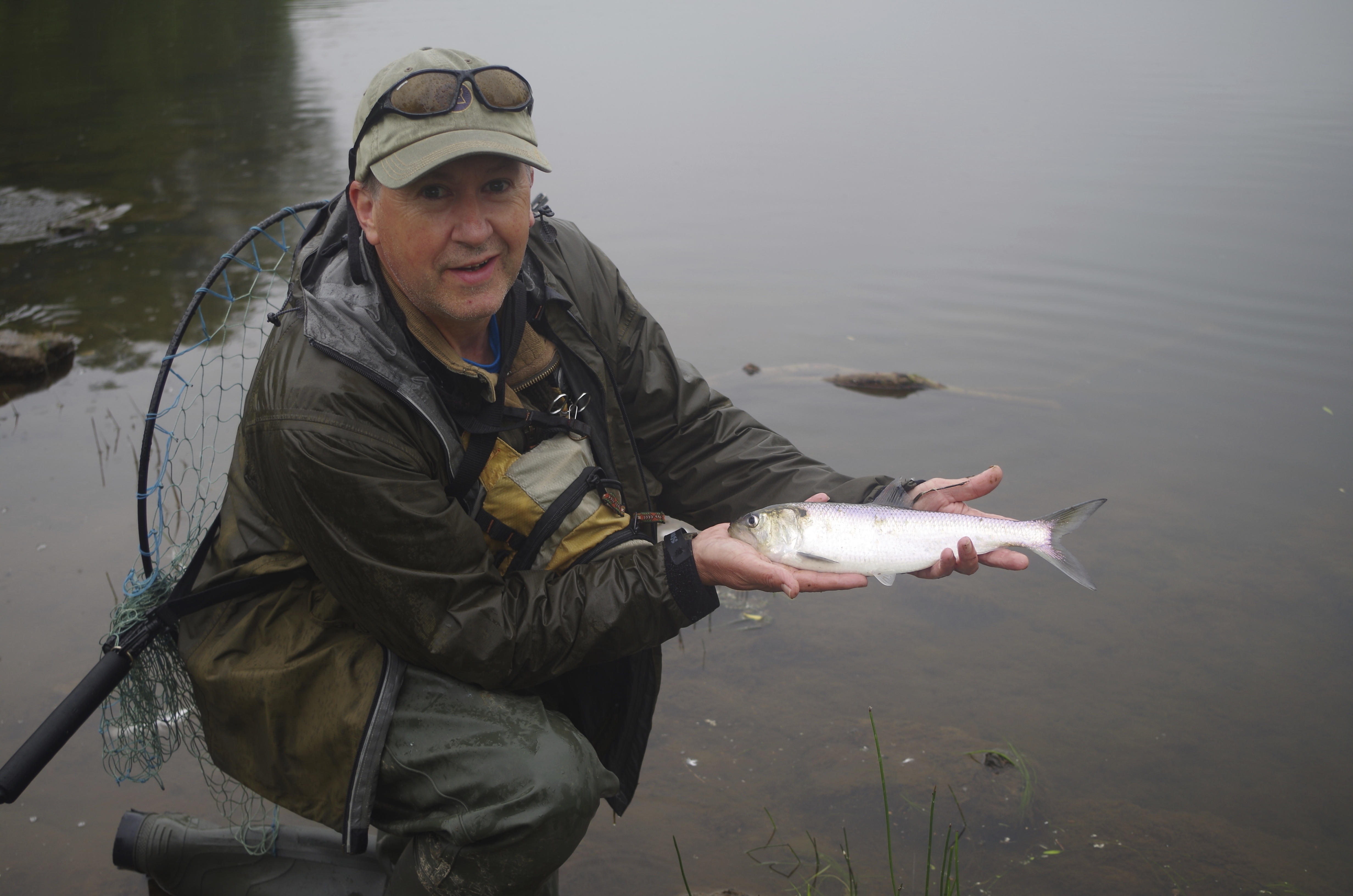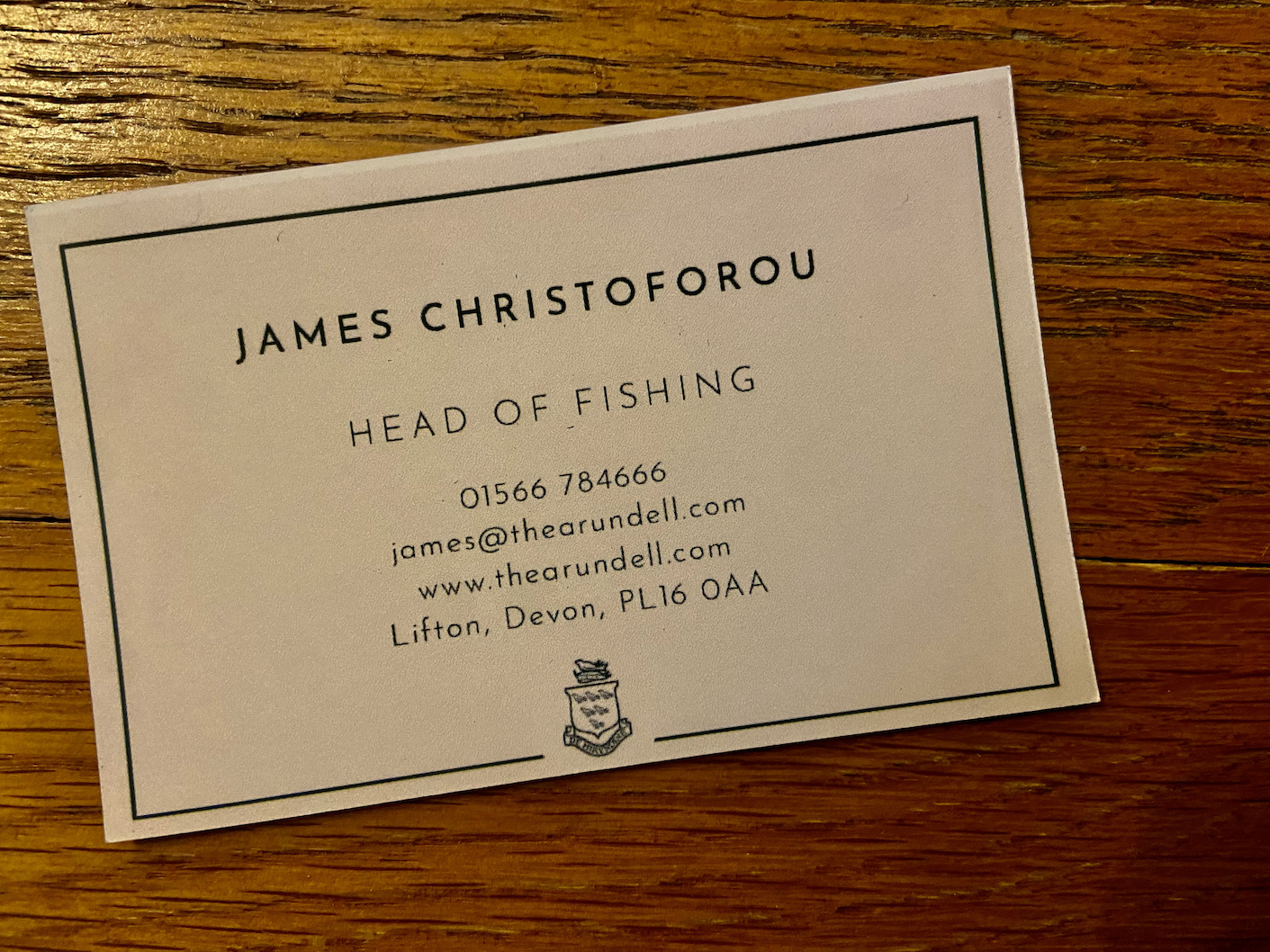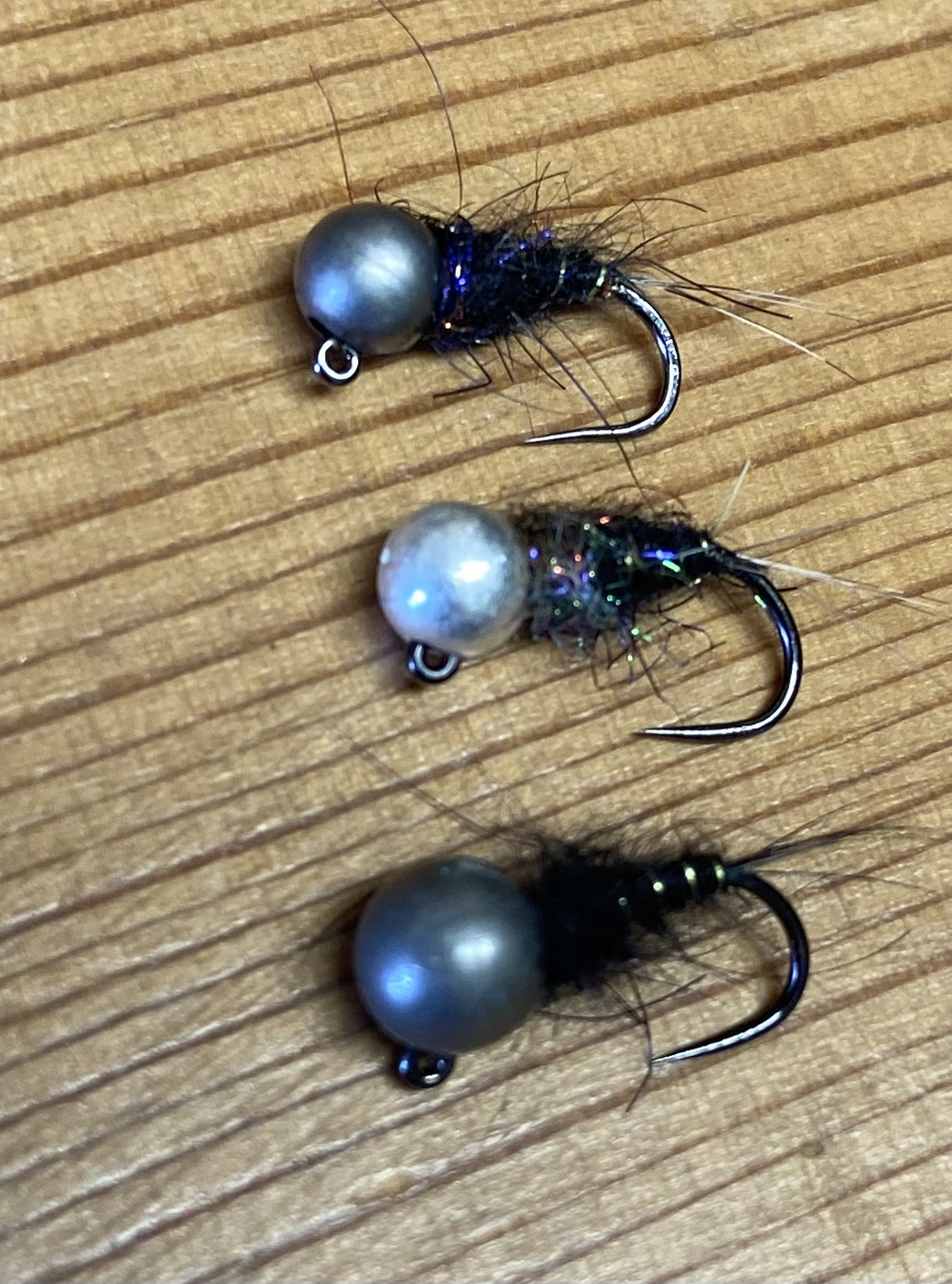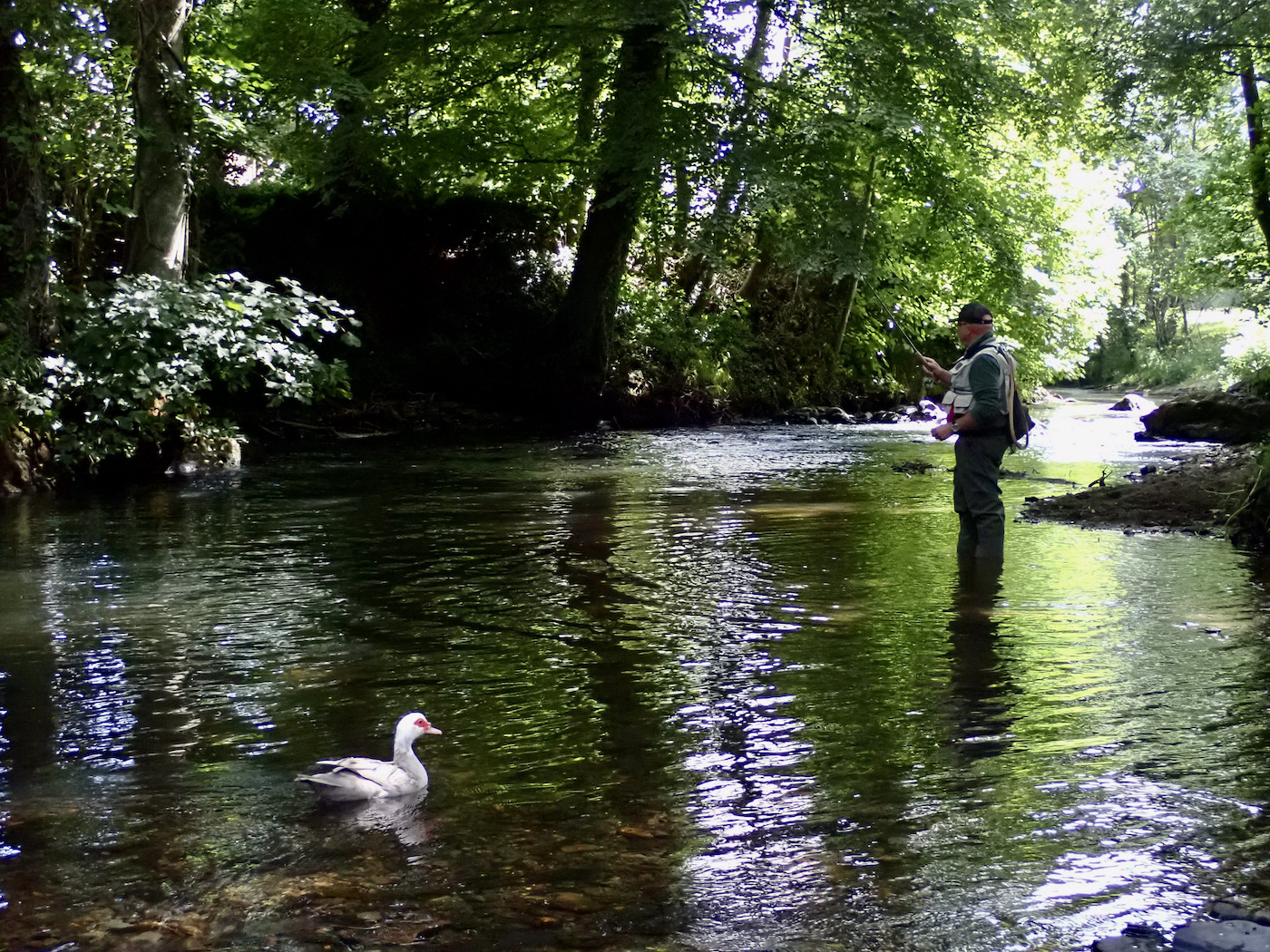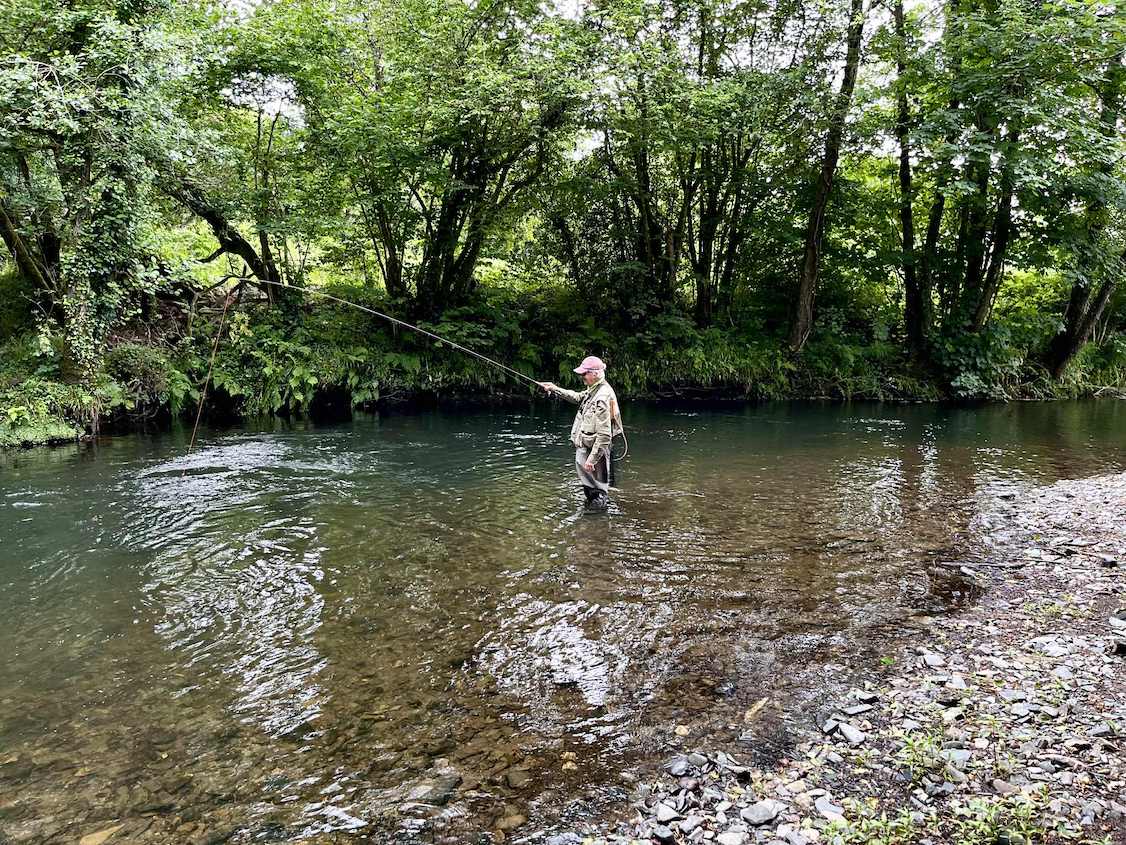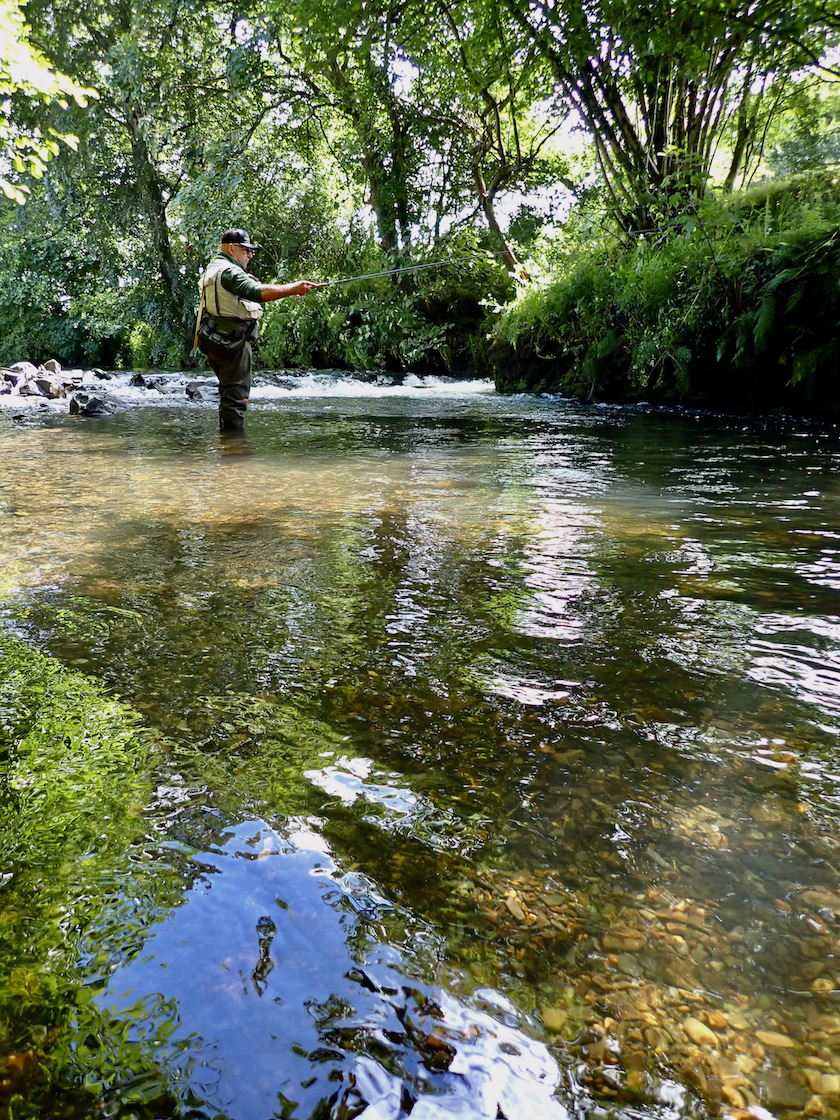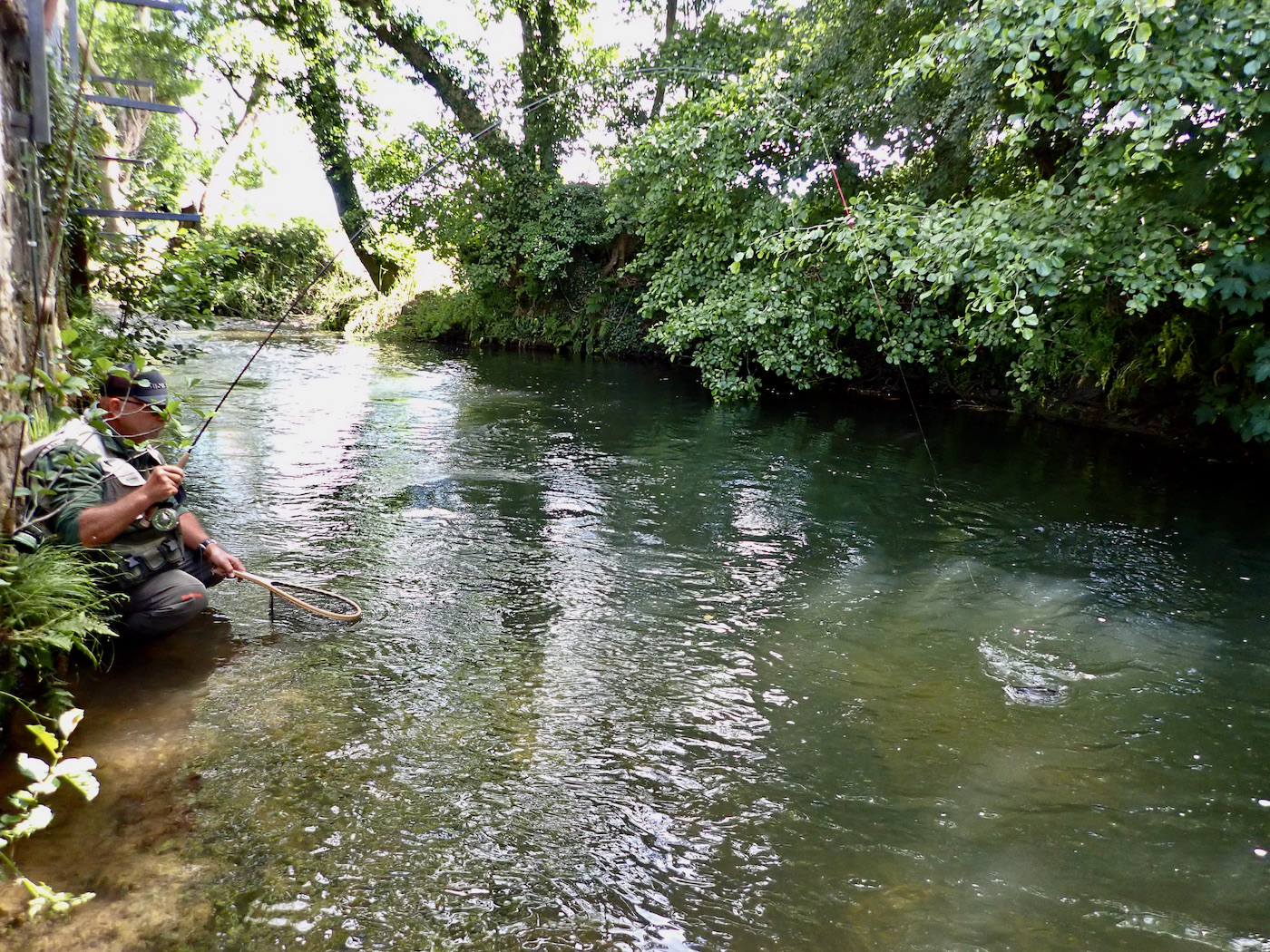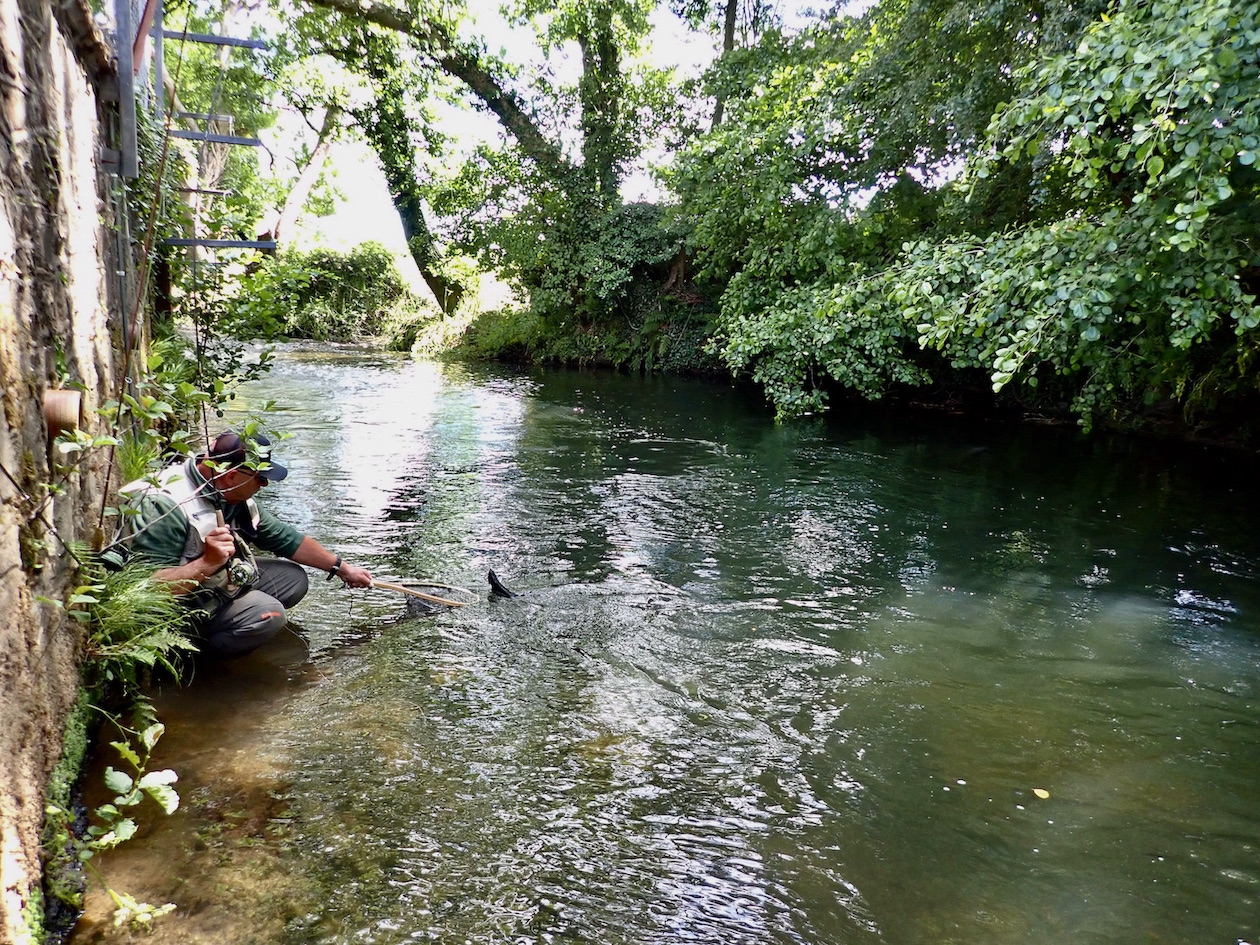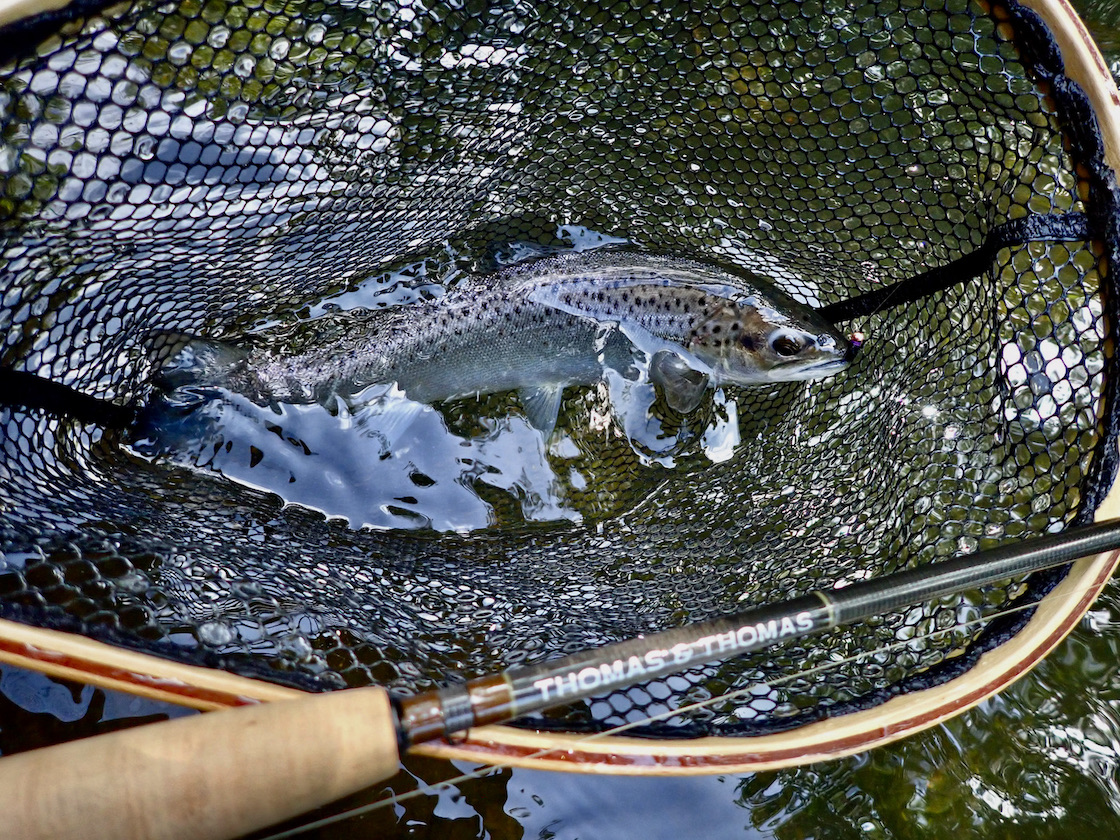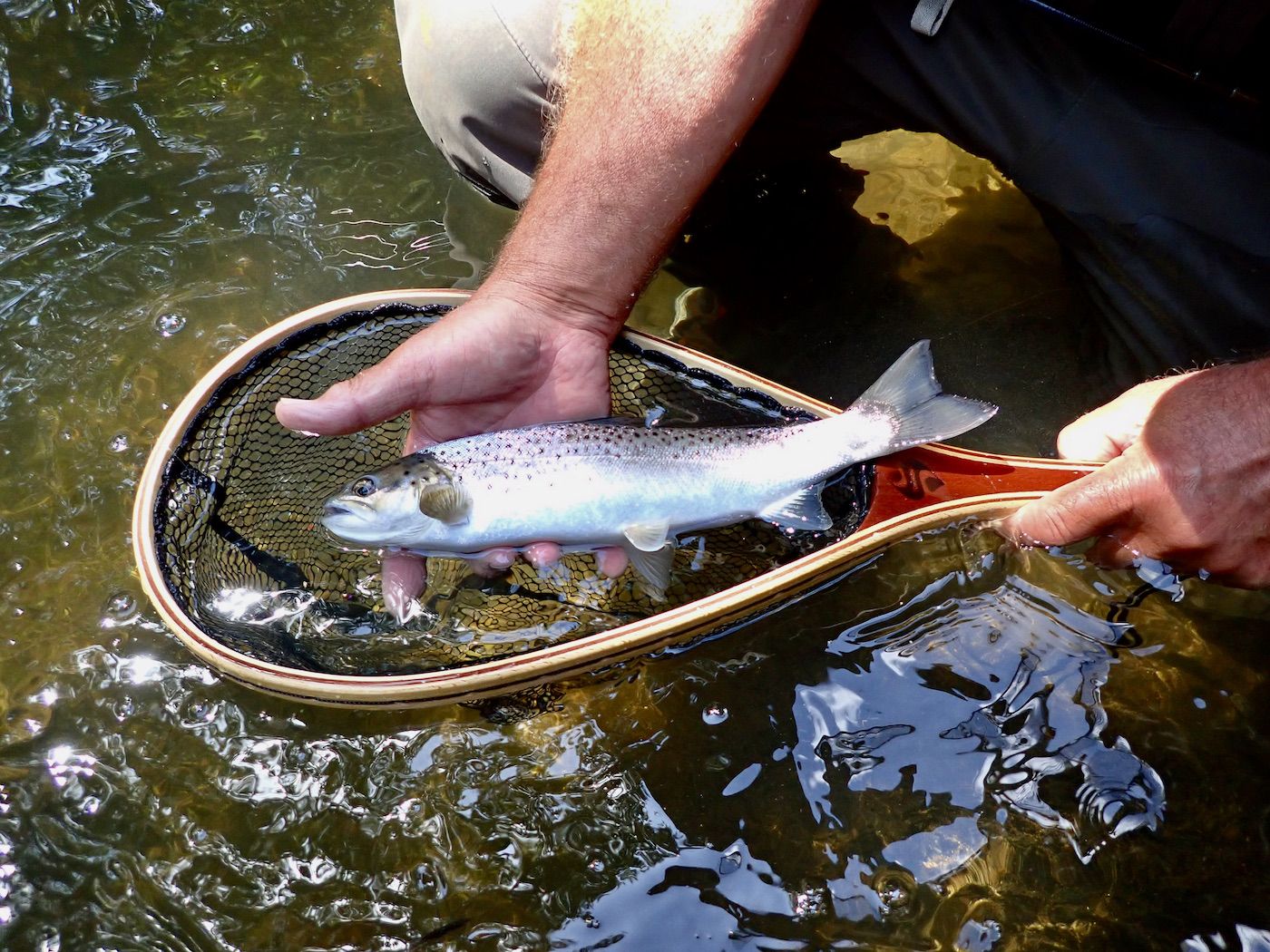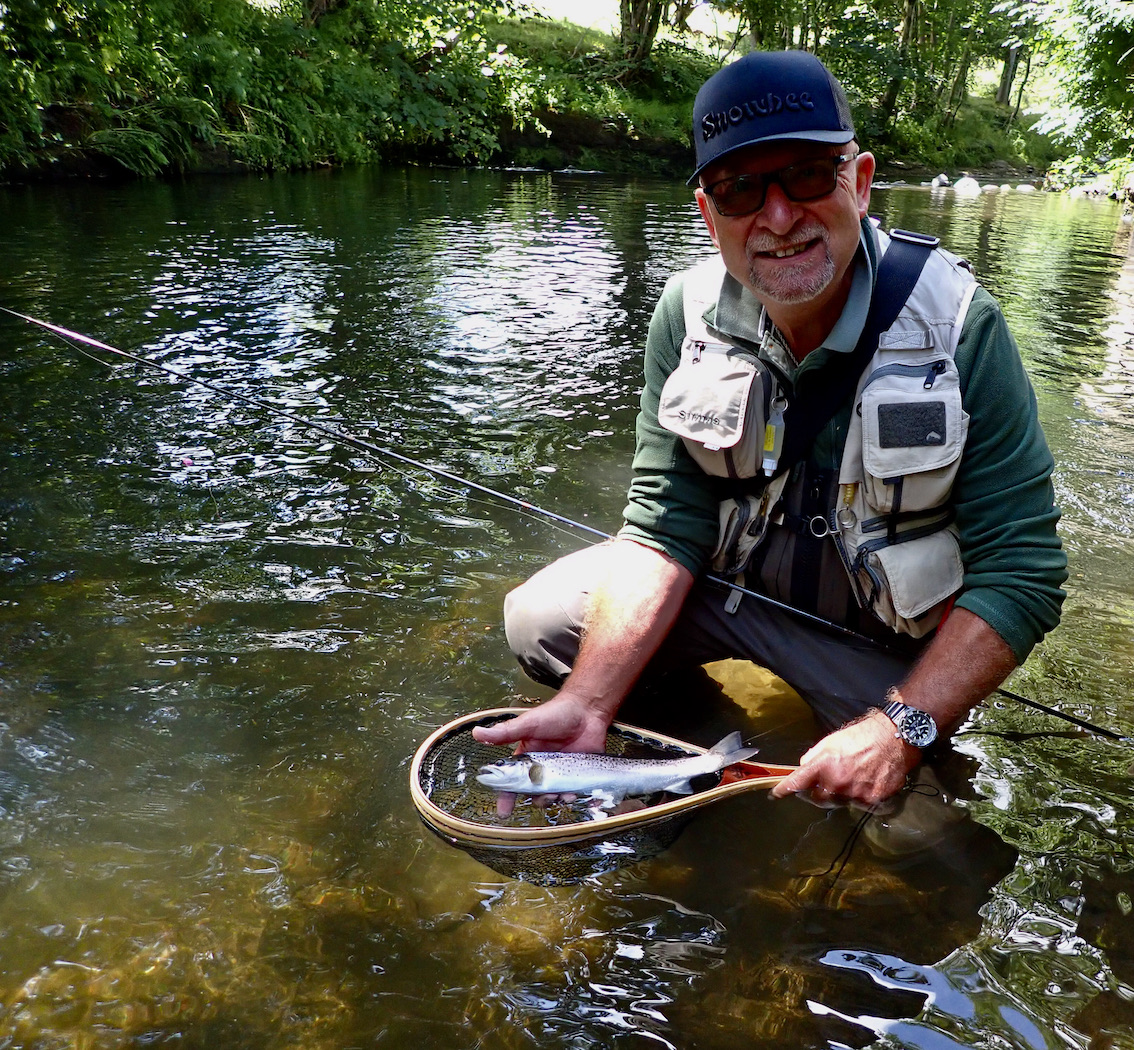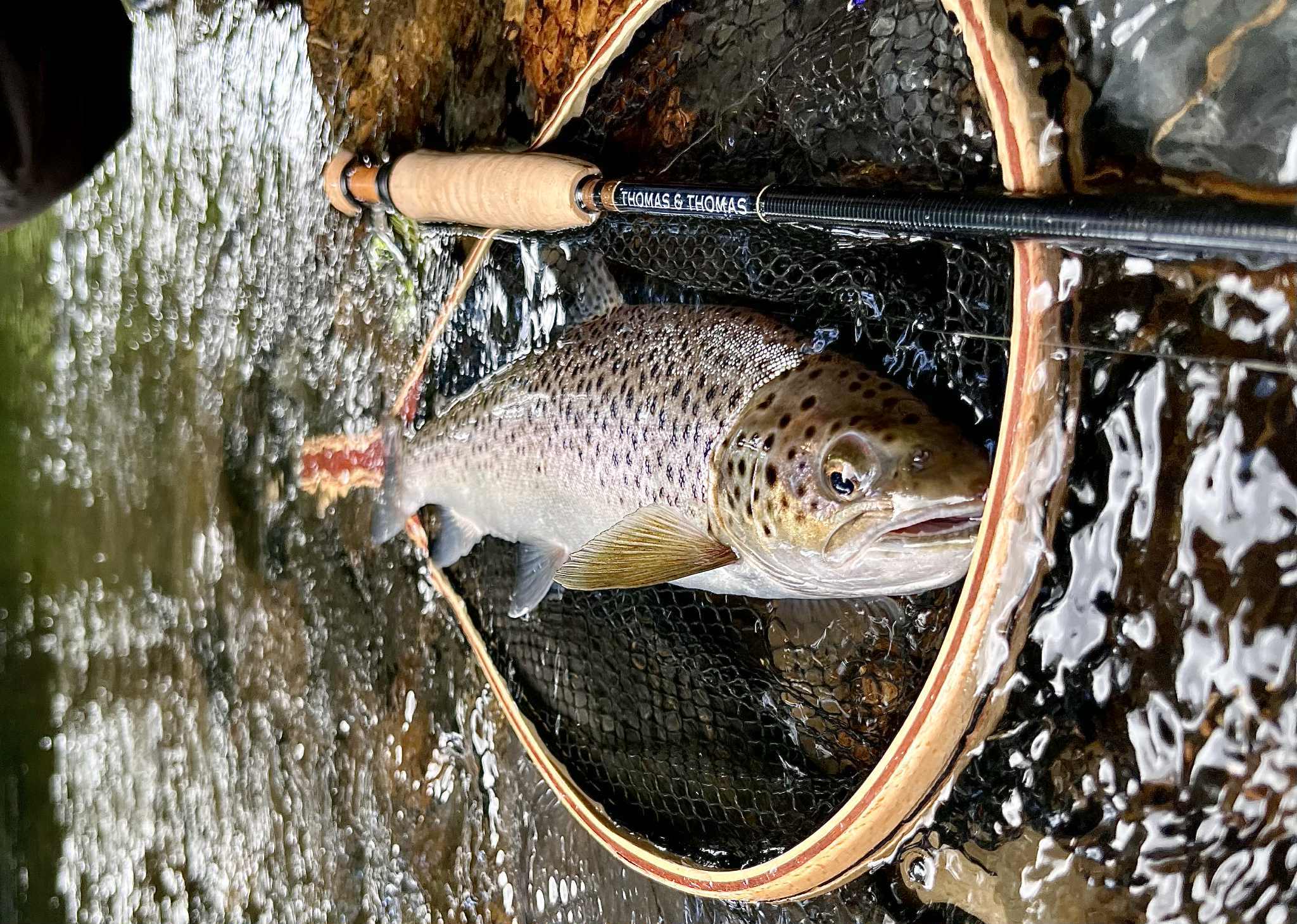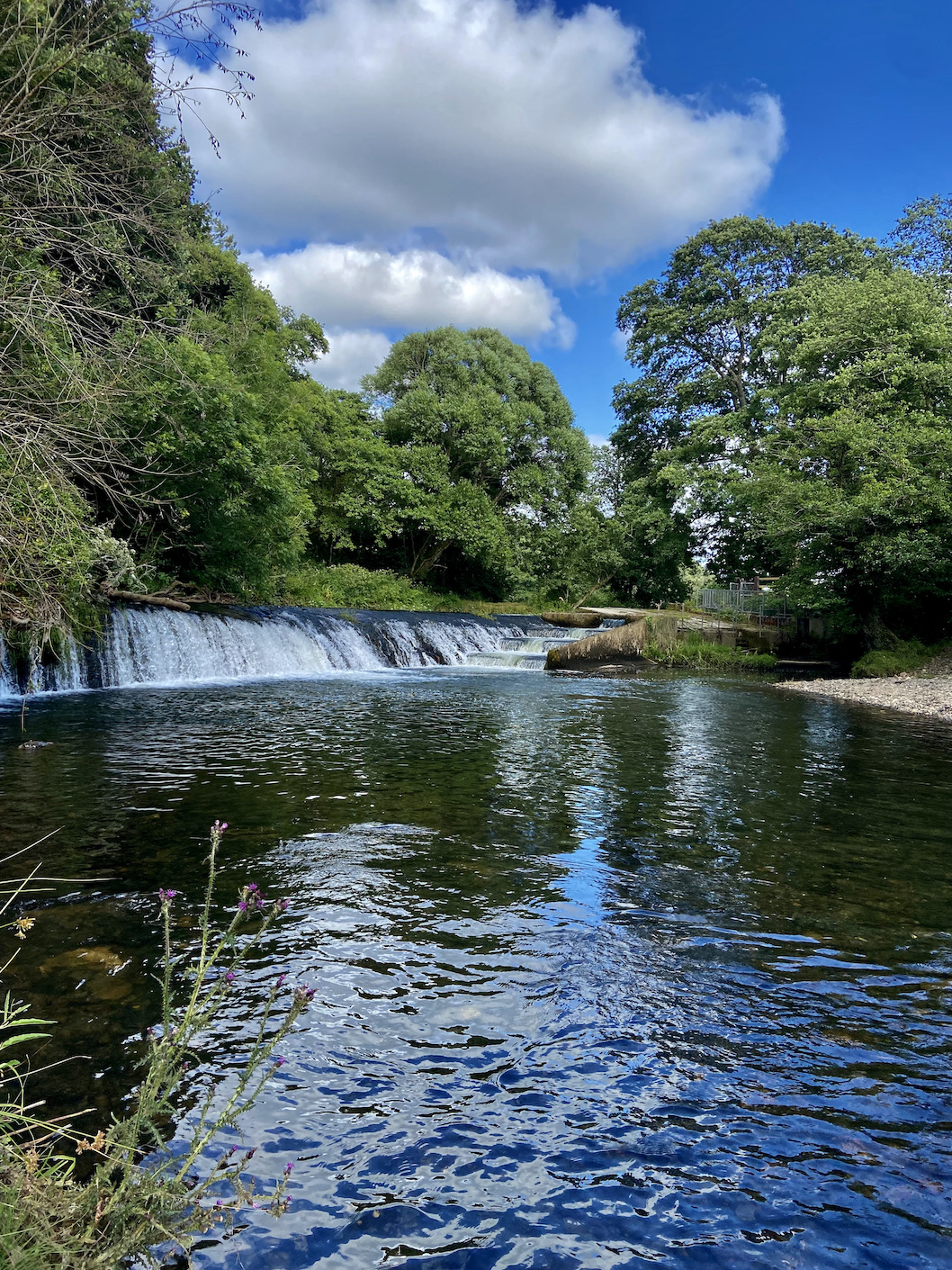South West Lakes Trust Trout Fisheries Report
June 2025
Water temperatures continue to rise, with plenty of insect activity on the surface and fish looking up to feed. Generally there has been little rain and some water levels are starting to drop. A spell of quite sudden very hot sunny weather in the final week of the month made conditions for anglers tough, with catch rates on most waters showing a sharp drop. The Trust’s beginners’ days continue, with a well-attended event held at Burrator.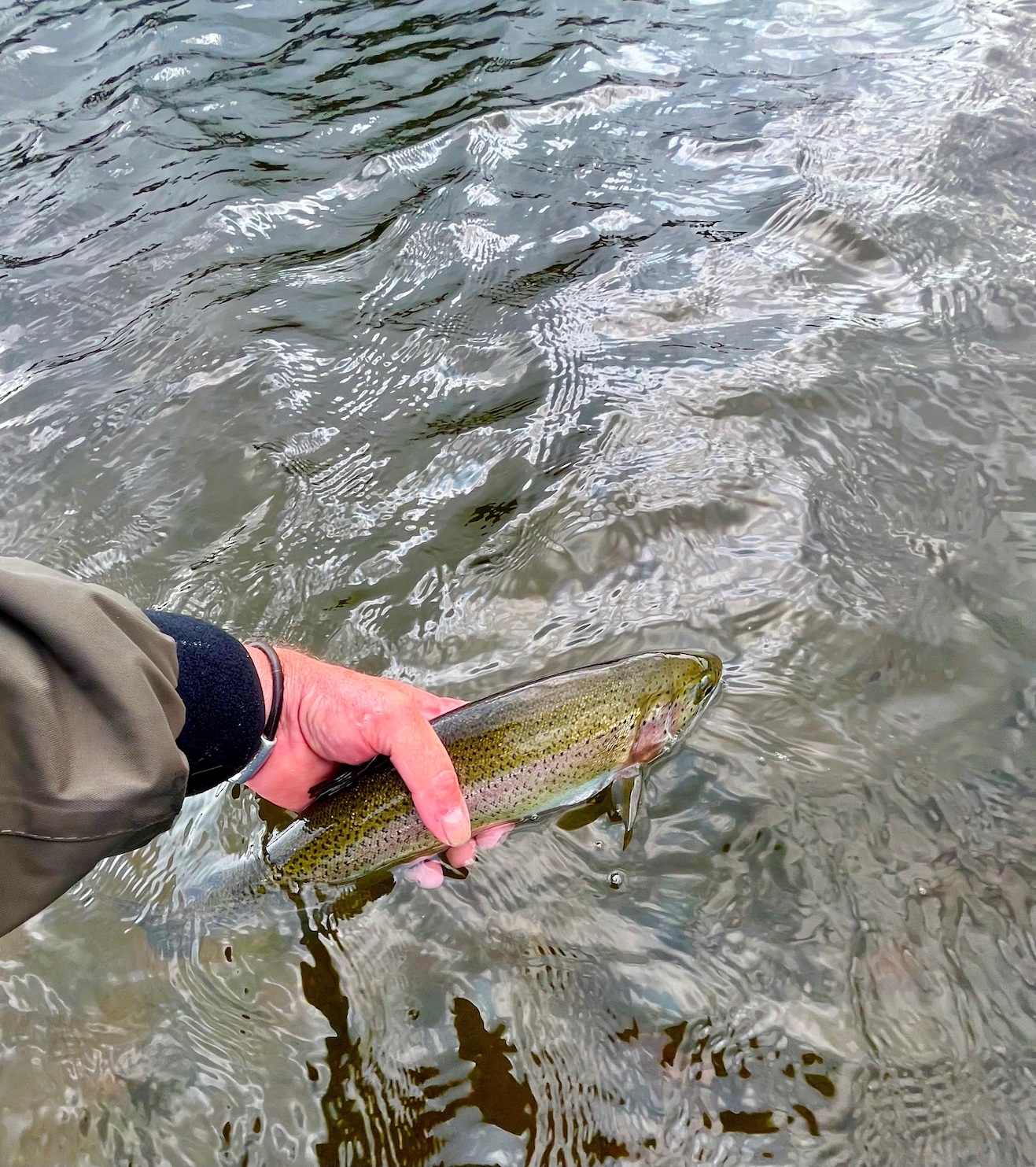
Fishing:
Kennick – The fishery continued to produce some excellent sport, with anglers averaging 3.3 fish per visit, and bank anglers fairing slightly better than the boats. Fish were well spread out around the lake, although West Bank, Oak Tree Point, The Lawns and Forest Bay all proved popular with bank anglers, while the boats found the best fishing in Clampitts Bay and Central Boat Bay. While fish could be found throughout the water table, many would come up to dry patterns (especially when beetles were on the water and sedges hatching). Successful dry flies included Hawthorns, Black Gnats, Klinkhammers, Hoppers, Deer Hair Sedges and Beetles. Sub-surface feeders were caught on Damsel Nymphs, Buzzers, Diawl Bachs, Montanas and Hares Ears, while deeper feeders could be caught on Boobies, Tadpoles and Cats Whiskers. Lee Tatton caught a cracking rainbow of 3lb 6oz. The popular annual Peninsula Classic Bank Competition was held on 22 June, with the hot sunny conditions making the day challenging – the event was won by Rob Gale (from Ashburton), with Alex Venn runner-up. Water levels are now at 85% capacity.
Siblyback – The fishing at Siblyback just keeps improving as the season progresses, with anglers averaging six fish per visit, and with plenty of beetles being blown onto the water, fish are looking up to feed. Floating and intermediate lines with a slow retrieve were the order of the day, with Dry Sedges, Beetles and various Hopper patterns all catching plenty of fish. Successful sub-surface patterns included Montanas, Damsel Nymphs, Buzzers and dark Pheasant Tail Nymphs, as well as deeper fished lures (Boobies, Fritz, Cats Whiskers, Tadpoles and Orange Blobs). Stocky Bay, Crylla, Two Meadows and the West Bank all produced the most consistent sport. Phil Messenger Roberts caught a beautiful 3lb rainbow. Water levels are now at 81% capacity.
Burrator – The fishing proved to be consistent throughout the month, with anglers averaging 2.4 fish per rod. Longstone, Sheepstor, Bennetts Lawn and Lowery Point produced the best sport, with floating, sink-tip and intermediate lines fished with a slow retrieve proving to be the best tactic. While a few fish rose to a Hawthorn pattern, most were caught just below the surface on a wide variety of nymphs (Damsels, Buzzers and Montanas) and lure patterns (Orange Zonker, Orange and Yellow Blobs, Tequila Blobs, Black Mini-snakes and Orange Whiskey flies). Levels are now down to 86% capacity.
Stithians – The fishing improved as the month progressed, with anglers catching an overall average of 4.2 fish per rod (6.9 fish during the latter week before the hot spell). Golden Lion Point, Carmenellis, Yellowort and Pub Bay all fished particularly well, with anglers favouring an intermediate or sink-tip line and a slow retrieve. There was plenty of surface insect activity, with Sedges and midges hatching, as well as beetles being blown onto the water; dry patterns produced some spectacular sport (in particular, foam beetles, Deer Hair Sedges, Hoppers, CDC patterns and Black Gnats), while successful sub-surface patterns included Zulus, Blobs, Cormorants and Spider patterns. The water level is now at 91% capacity.
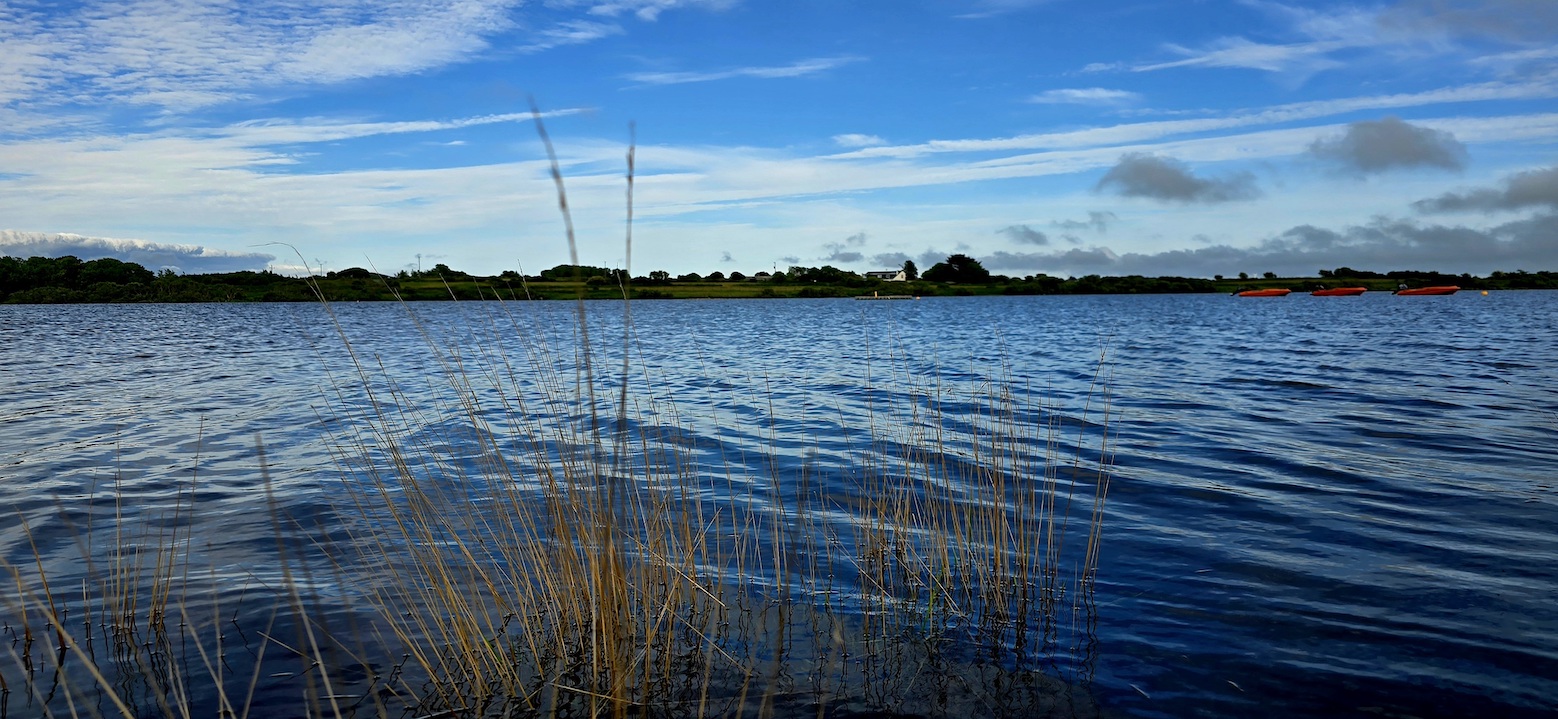

Colliford – The fishing greatly improved over the month, with anglers averaging 4 fish per visit; popular banks included Lords Waste, Middle Car Park, Stuffles, Browngelly Bay and along the East shore. With plenty of midges and beetles on the water and fish looking up to feed, floating line tactics proved most successful, with fish coming up to take foam beetles, Black Hoppers, CDC Emergers and Bob’s Bits in the surface film, as well as Hares Ears, Montanas, Dunkelds and pulled Soldier Palmers fished just beneath the surface. The water level is now at 77%.

Fernworthy – Again the fishing improved as the month progressed (weekly averages from two fish a visit at the beginning of the month, to 4.3 fish toward the end). Generally floating and sink-tip line tactics with a steady retrieve proved the most successful, with fish taking Beetles, Ginger Hoppers, Mini Scruffy Tigers, Humungous, Zulus, Black Buzzers, Diawl Bachs and Silver Invictas. The Boat House Bank, Thornworthy, The Dam and Potters Bank proved to be the most productive locations. Rodney Wevill caught the best fish of the season so far – a beautiful brown trout of 3lb 2oz. During the Fluff Chuckers Fernworthy round, Wayne Thomas won the event with ten fish (the best at 47cm), followed by Rodney Wevill (also with ten fish, the best at 48 cm).
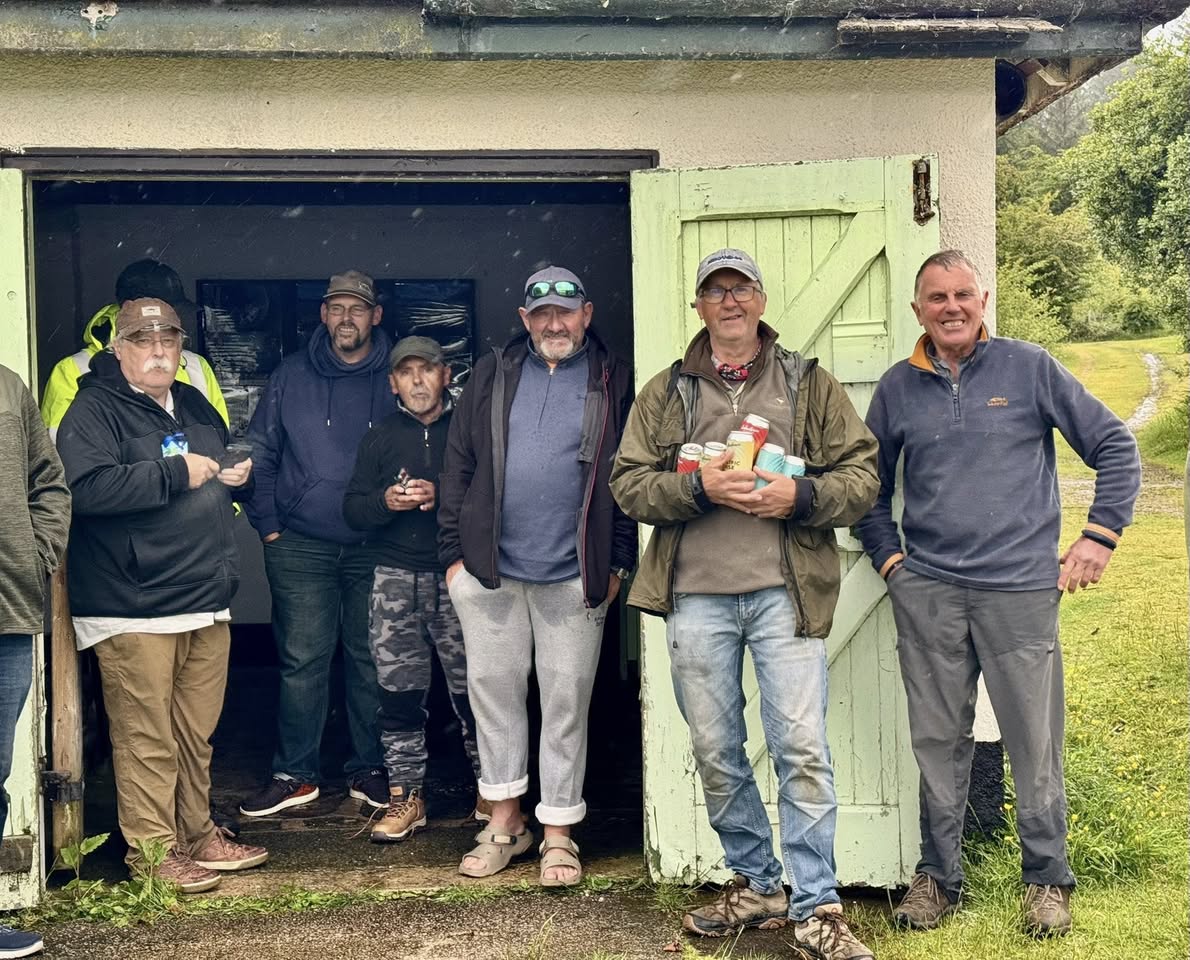

Roadford – Floating and intermediate lines down to 4 foot depth, fished with a fast retrieve, produced some amazing results at Roadford this month, with anglers averaging 5.9 fish per visit. Grinnacombe, South Wortha, Big Oaks, Gaddacombe and North Shop banks proved to be the best locations, with Dabblers, Bibios, Cormorants, Soldier Palmers, Zonkers, Black Tadpoles, Hares Ears and the occasional foam beetle all catching fish. The level is now down to 89%.
Please see the Trust’s website (www.swlakestrust.org.uk/trout-fishing) for more information on buying tickets, boat availability and booking, and forthcoming events including a free fly fishing taster day at Roadford Lake on Sunday 20 July.
Chris Hall (June 2025)



